5 Steps For Choosing The Right B2B eCommerce Platform







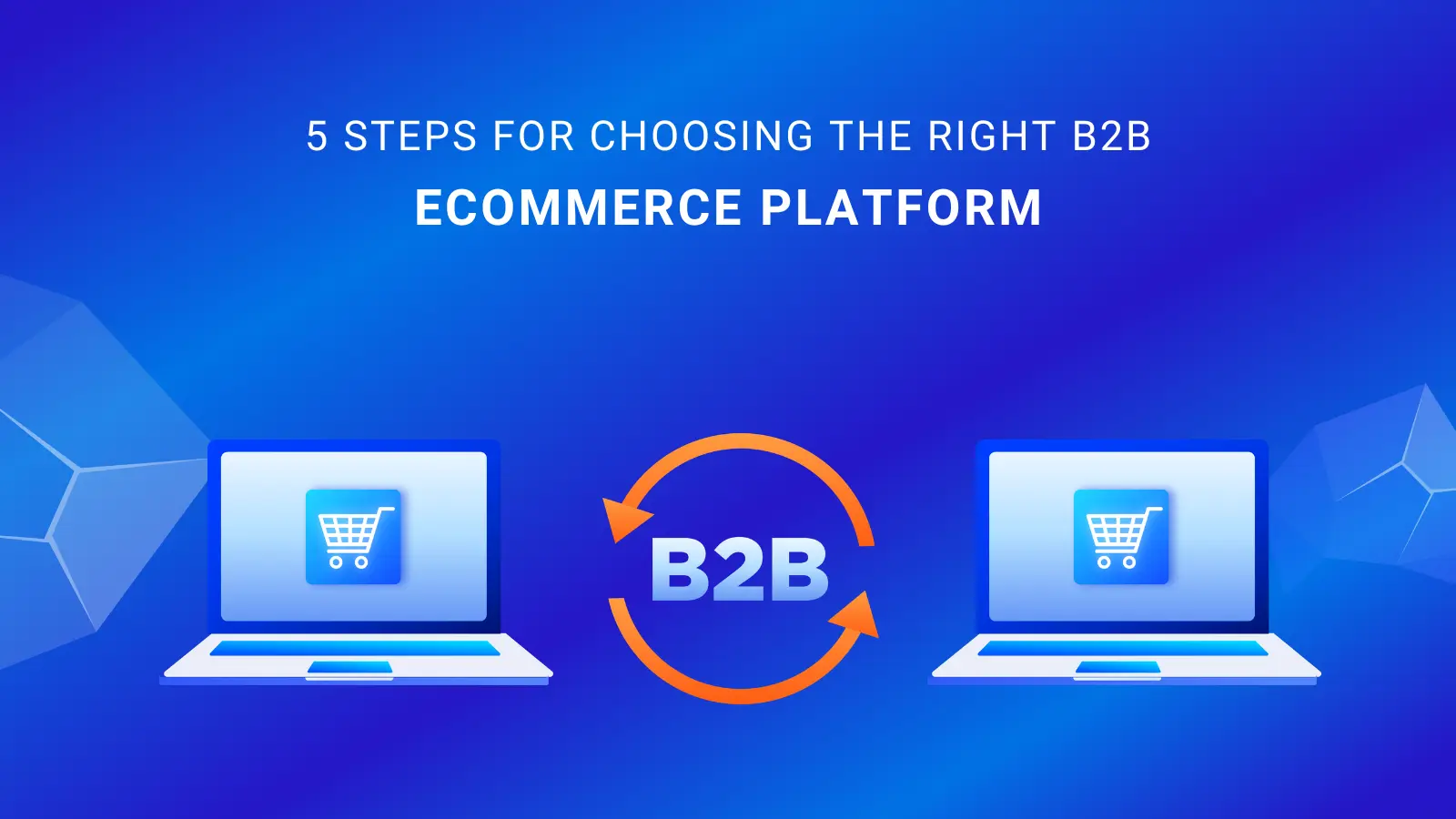
B2B eCommerce represents a vast opportunity, often likened to a sizable cake sliced evenly for every business. Bobby Morrison, Shopify’s Chief Revenue Officer, echoes this sentiment, suggesting that this business model will be a significant opportunity for enterprises of all sizes in 2024 and beyond.
Selecting the appropriate B2B eCommerce platform is pivotal for success, yet with the multitude of options available, it’s not always a straightforward decision. Let’s delve into the key considerations when choosing a B2B eCommerce platform and explore the essential steps to ensure that the chosen platform aligns best with the business’s needs.
Read more: B2B eCommerce: The next big opportunity in 2024 and beyond
1. Key Considerations for Choosing the Best B2B eCommerce Platform
When confronted with various B2B eCommerce platforms, making an accurate decision requires careful consideration of the following important factors:
1.1 SaaS vs Open Source
These are the two most common deployment models when it comes to eCommerce in general and B2B eCommerce in particular. B2B eCommerce SaaS platforms are services provided over the internet and run on the service provider’s cloud infrastructure. Some familiar service providers are Shopify and BigCommerce. Data is stored on the service provider’s servers, and they will directly manage it. This ensures high flexibility, low initial costs, and easy scalability, but businesses will face some limitations regarding customization and data control.
On the other hand, Open Source platforms like Magento or OpenCart are publicly available source code, and developers can modify them. This allows for optimized control and freedom to customize as needed. However, managing open-source code also requires high technical knowledge and may pose some security risks.
1.2 Integration with existing system
Choosing a B2B eCommerce platform capable of seamless integration with existing systems will optimize business operations and create a better experience for both the enterprise and its customers. Several aspects need to be considered when evaluating integration capabilities:
- Data integration: The B2B platform needs to have the ability to integrate data with ERP systems, CRM, payment systems, and other applications effortlessly. This ensures that information about orders, customers, and products is seamlessly shared across systems.
- Workflow processes: The new platform should integrate well with existing workflow processes in the enterprise, including order placement, order processing, and customer service. This helps ensure that no disruptions occur in the business process.
- APIs and external integrations: A platform that offers robust APIs will allow the business to integrate third-party tools and services into its system to extend capabilities and flexibility.
1.3 Scalability
The scalability of a B2B eCommerce platform is extremely important to ensure that a business can grow flexibly and efficiently. The platform needs to be able to handle large volumes of traffic, manage data effectively, integrate with expandable services, and be flexible in customization and adjustments. This helps businesses optimize costs and enhance productivity, while also preparing for future growth.
1.4 Customer service and technical support
This is an essential component of any B2B eCommerce platform. It ensures that the business has the necessary resources and support to address technical issues and challenges, as well as to ensure that customers are best supported. Services need to provide quick, quality responses, offer diverse communication channels, detailed support documentation, and continuous training to ensure an optimal experience for all parties involved.
1.5 Security and Compliance
Protecting the vital information of customers and businesses is extremely crucial, especially in the eCommerce industry where sensitive data such as payment information and personal details are exchanged regularly. B2B platforms must adhere to safety standards like GDPR or PCI DSS. Safeguarding server infrastructure and networks is essential to ensure system security against attacks like DDoS, for instance.
2. 5 steps to Choose the Best B2B eCommerce Platform
Once you have a clear understanding of the important factors to consider when choosing a B2B eCommerce platform, the next step is to identify specific steps to select the platform that best suits the needs and business objectives of the enterprise. Here are some basic steps that may be helpful in this process:
Step 1: Partner with a trusted development agency
Starting by partnering with a reputable and experienced development partner in the eCommerce field can make the deployment process smoother. Developers like SECOMM have professional teams with experience deploying various B2B platforms, enabling them to advise and propose the most suitable solutions for specific business needs. Deep understanding of technical aspects and business processes ensures that the deployment project runs smoothly and achieves desired results.
Step 2: Identify business goals
This is a crucial step where the business and development partner need to clearly define short-term and long-term business goals, determine whether to integrate B2C and B2B sales within the same system, and establish criteria for selecting a platform. Additionally, listing the features to be implemented in the B2B eCommerce system is essential for quickly finding a platform that meets the business requirements.
Step 3: Identify budget
The business needs to make decisions considering both budget and timeline to complete the project.
Regarding budget, implementing a B2B eCommerce project will involve various related costs, so when choosing, the business needs to consider whether the platform’s price will affect the overall budget. In particular, the deployment costs of SaaS and Open Source platforms differ significantly and will also impact the business’s decision.
Next, the business needs to determine the desired go-live time – the moment when the B2B eCommerce website goes live. This will depend on the complexity of the project and the business’s chosen platform model. While typical projects deployed on SaaS take about 3 to 4 months to go live, with Open Source, it takes around 6 months to 1 year.
Step 4: Research and compare
This step requires a thorough research process on the available B2B eCommerce platforms in the market and conducting comparisons based on specific criteria such as price, features, performance, security, scalability, and customization, as well as user feedback. Businesses can collaborate with development partners to carry out this process. By conducting careful research and comparisons, businesses gain a comprehensive picture and deep understanding of each option to make the most appropriate decision.
Step 5: Select the platform and plan to deploy
Based on the results of the research and comparison process, the business proceeds to select the platform that best fits its needs and business objectives. Next, the business and its partner need to develop a detailed plan for the deployment process with that platform, including specific deployment steps for each phase in the short and long term, as well as the resources and estimated time for each phase.
Read more: Top 5 platforms for B2B eCommerce
3. Final Words
Above are the specific 5-step process and factors to consider for businesses to select the B2B eCommerce platform that best aligns with their goals. Throughout the research and platform selection process, the development partner plays a role as a reliable companion, providing necessary suggestions and support in the platform selection and deployment planning process.
Need advice on choosing your right platform? Contact SECOMM today!






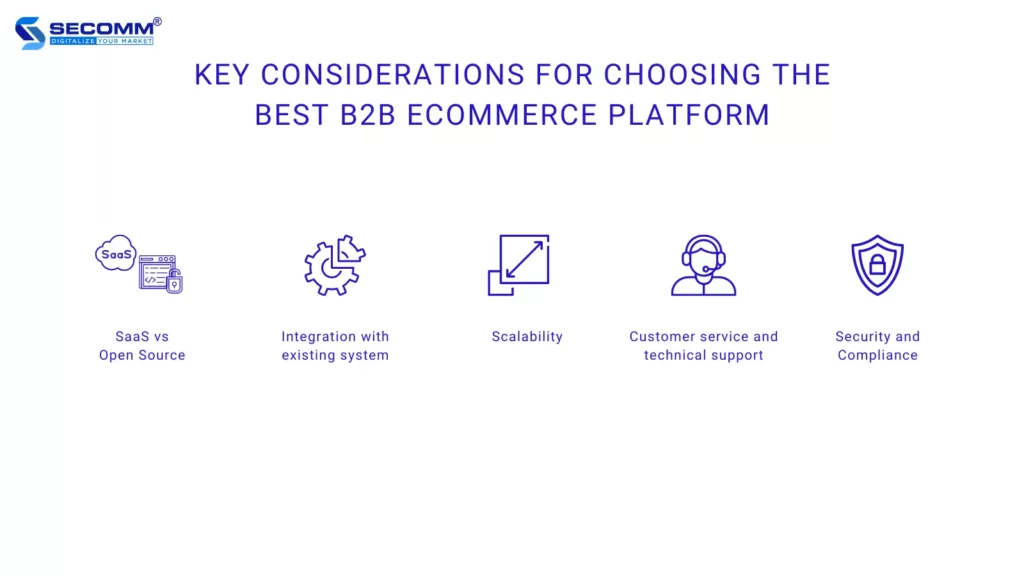
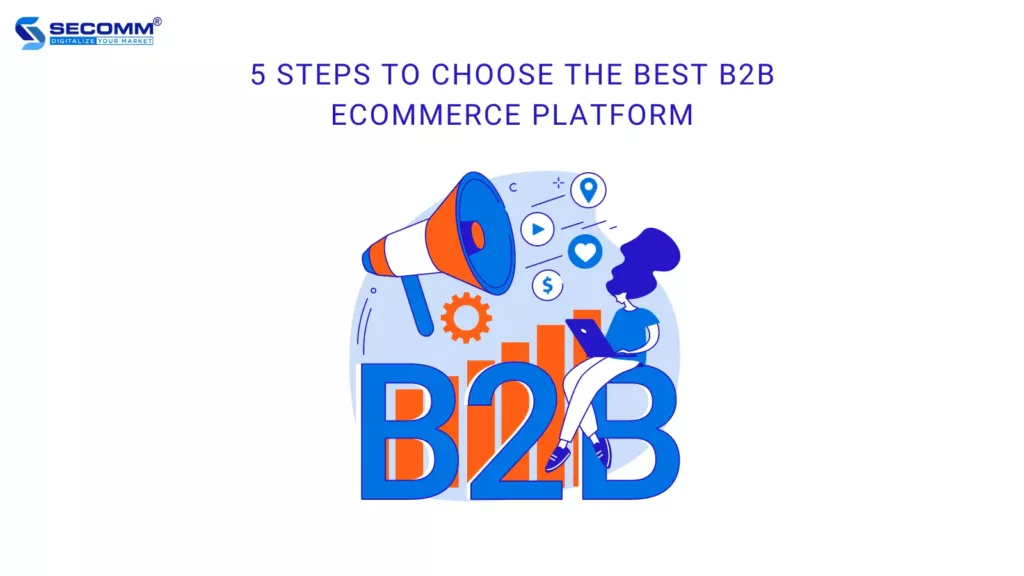
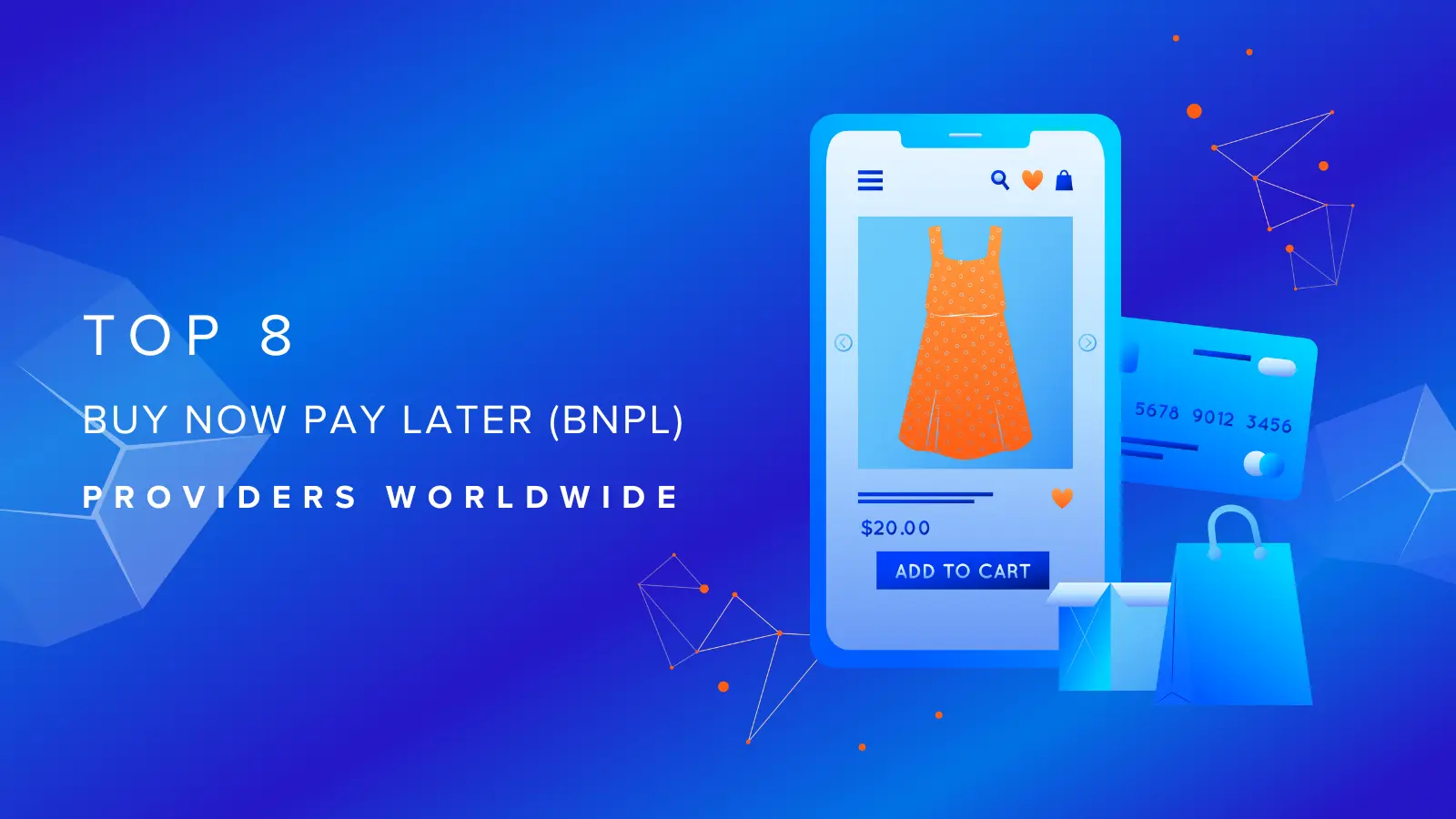
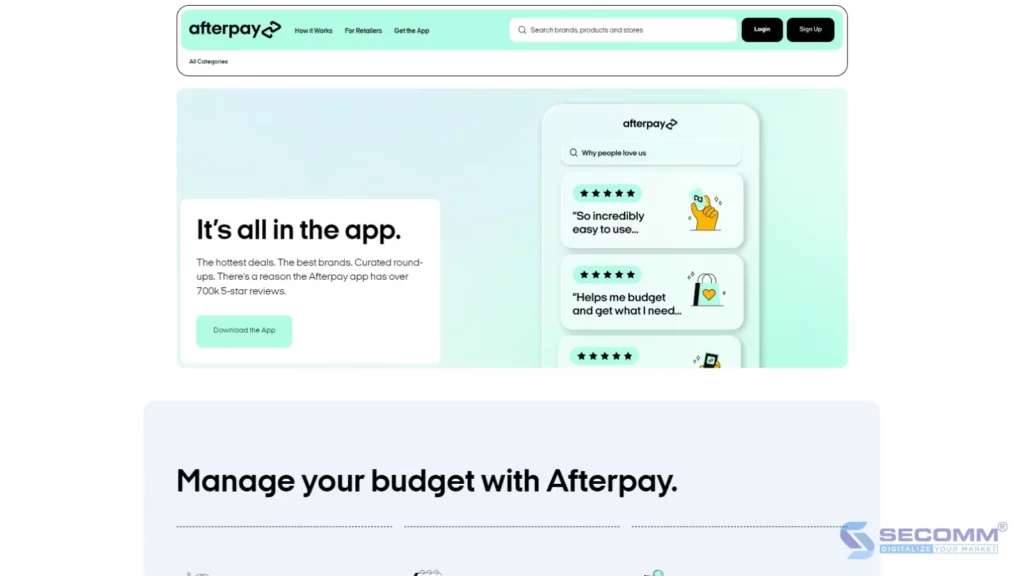
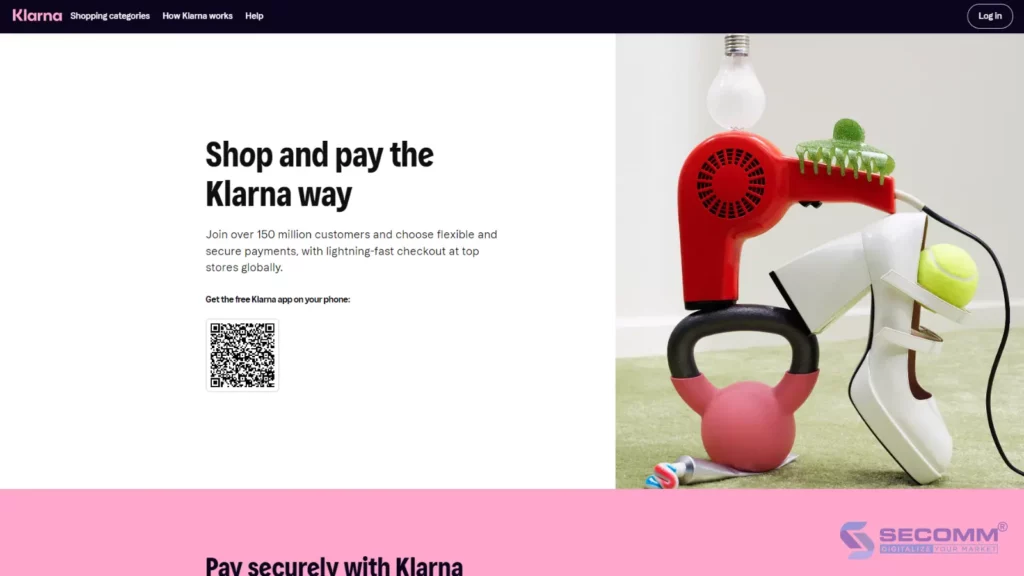
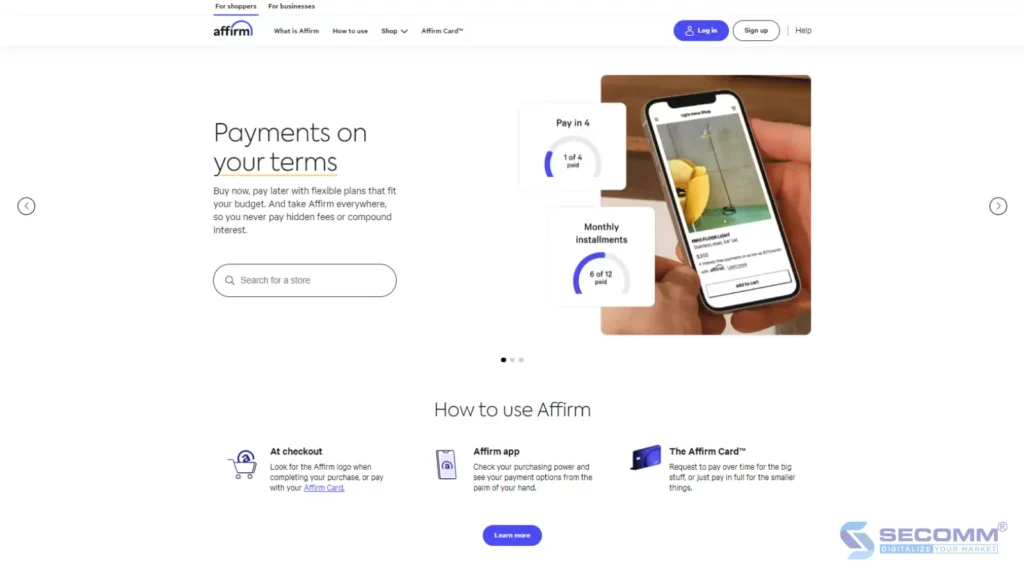
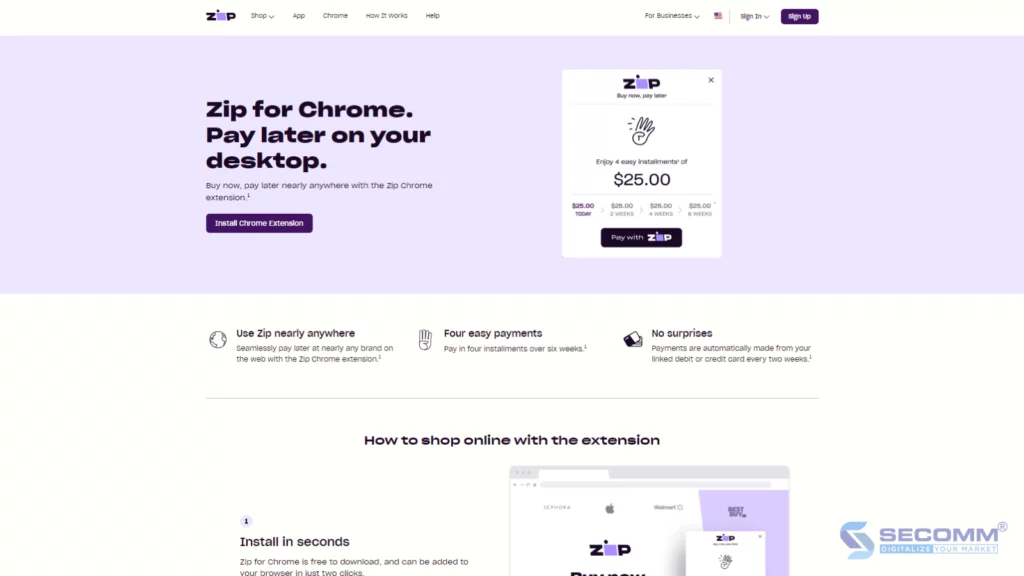
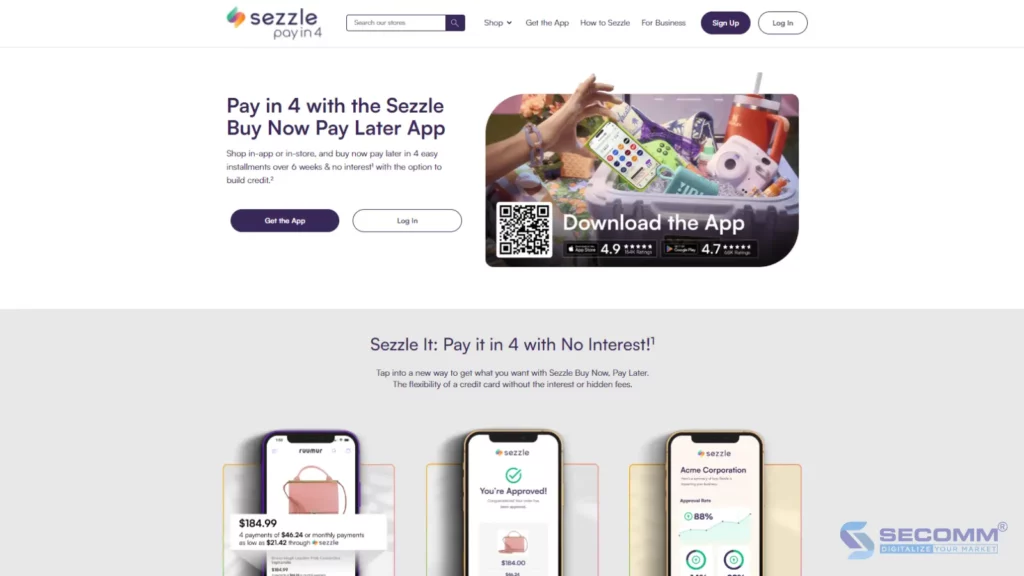
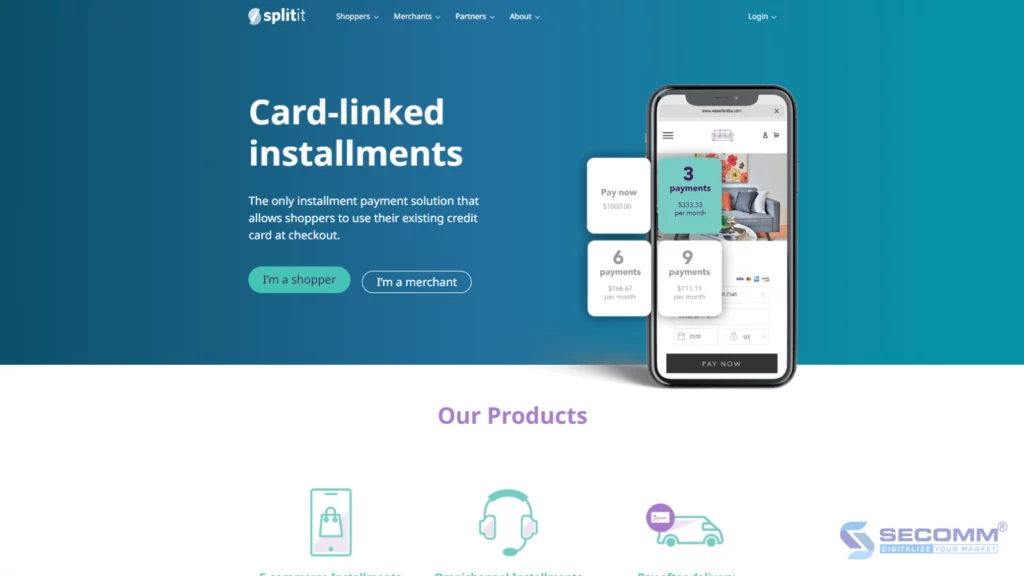
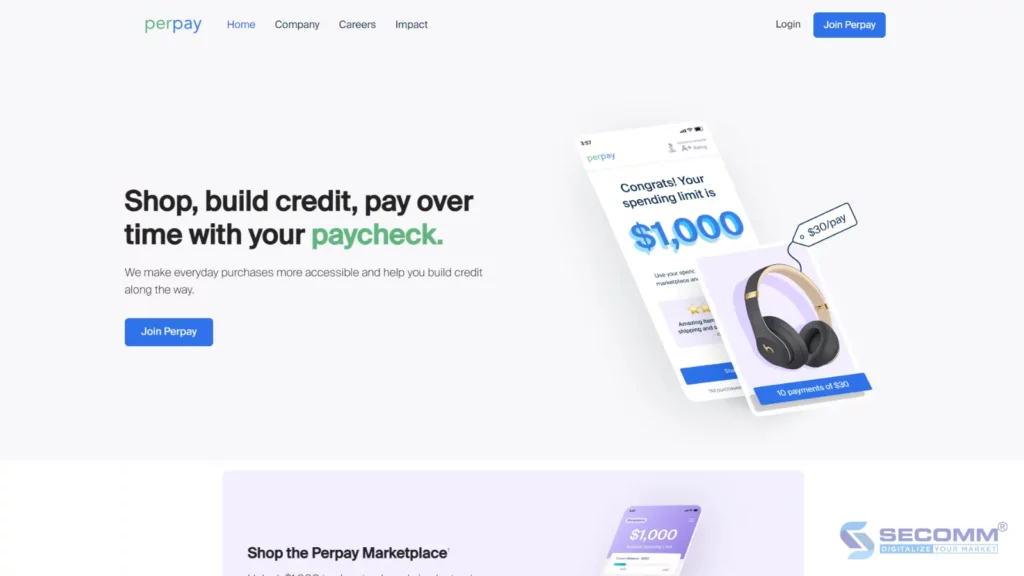
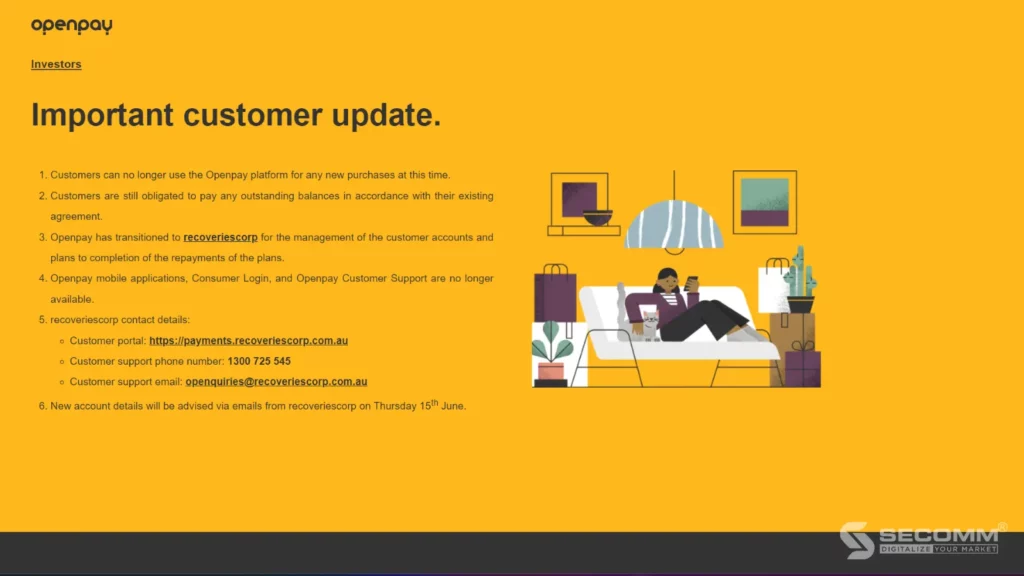
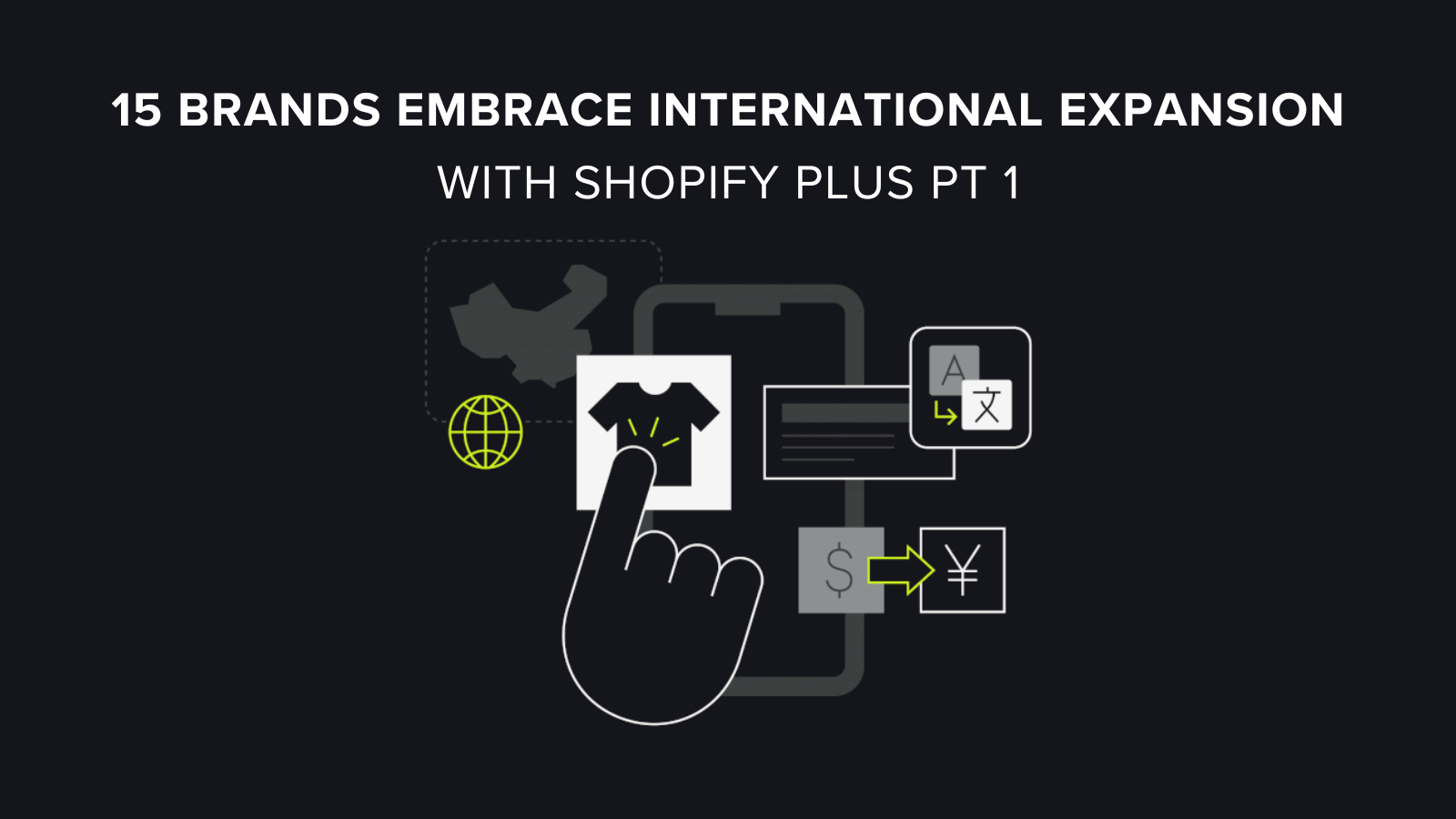

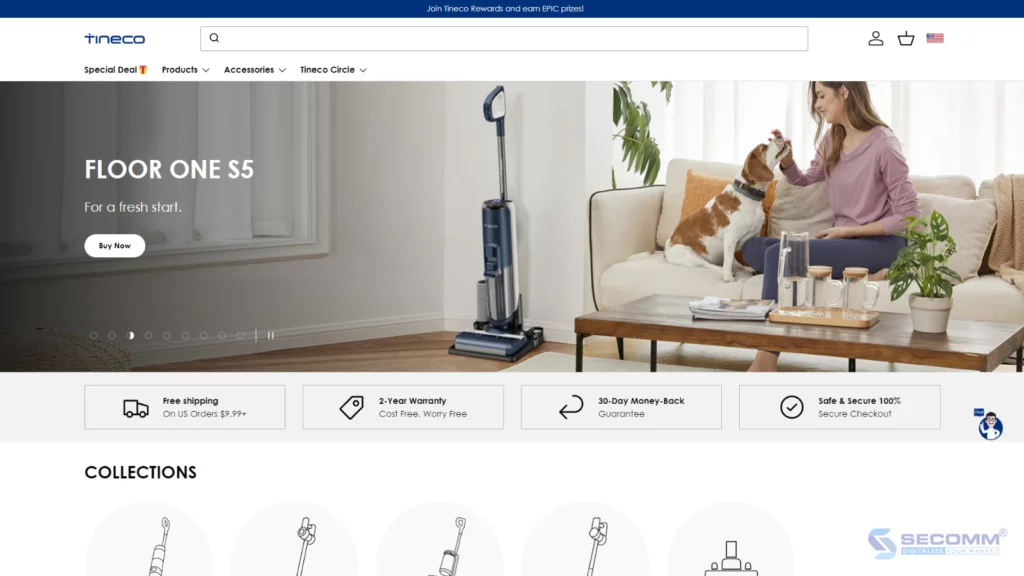




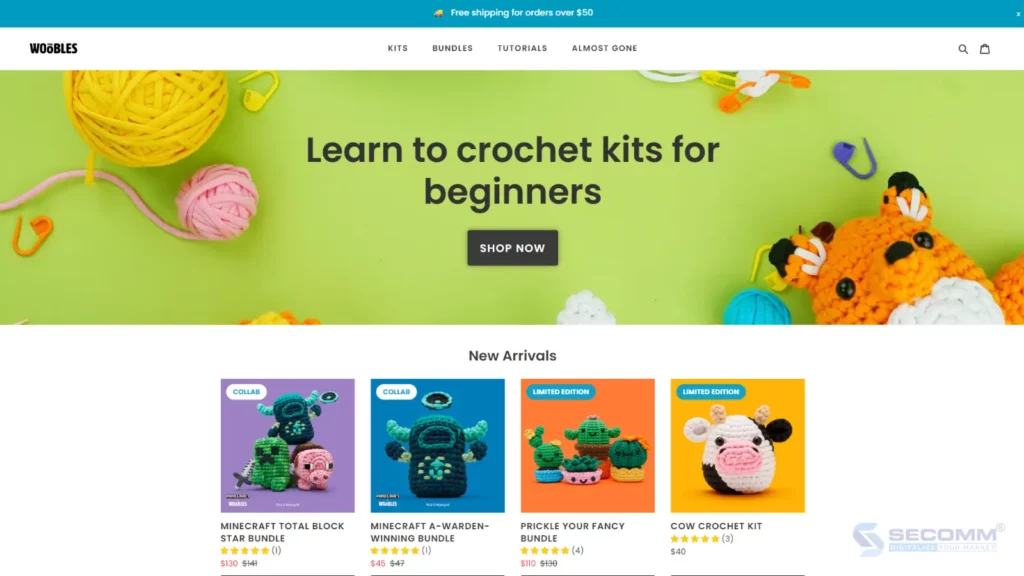




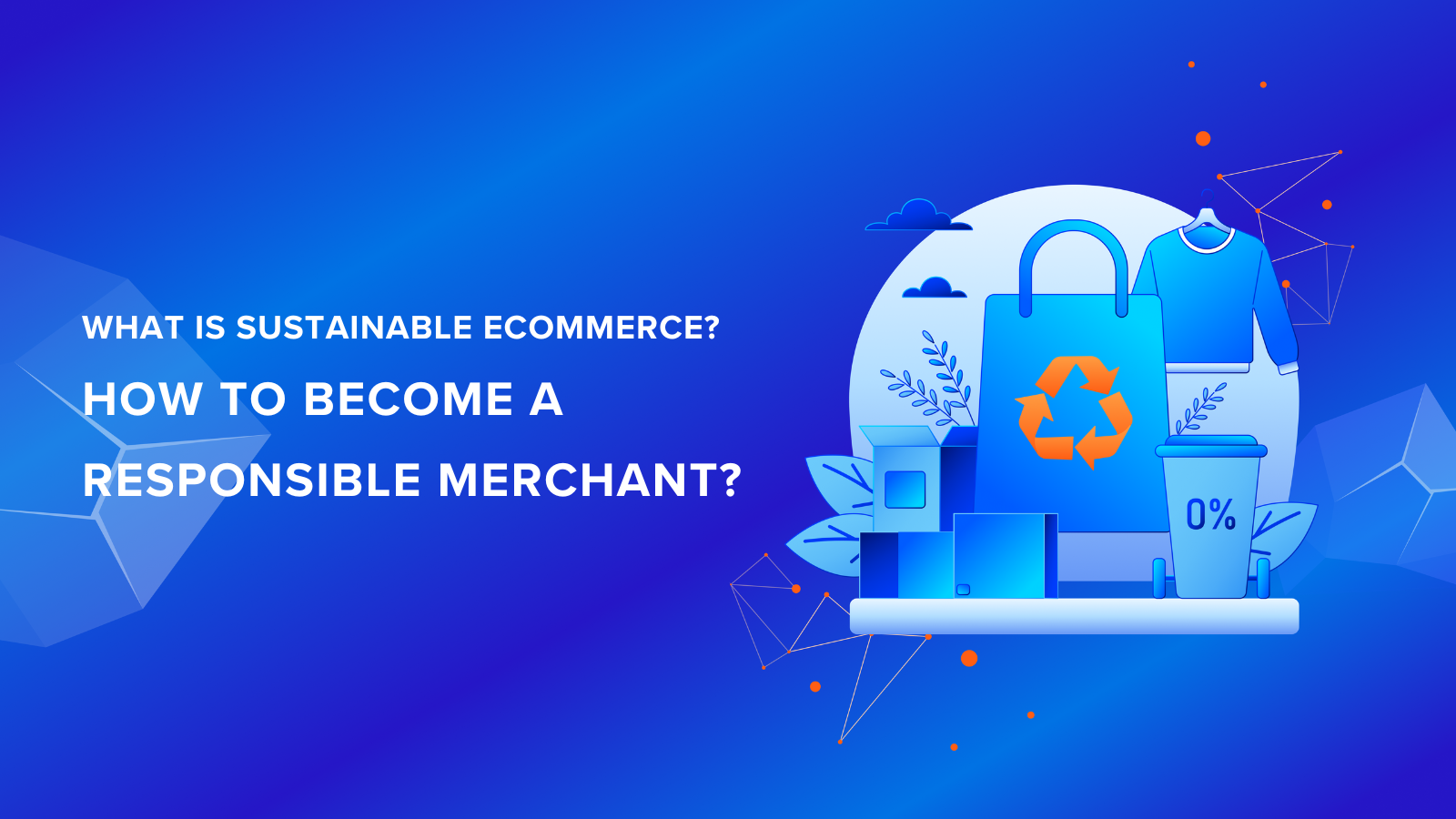

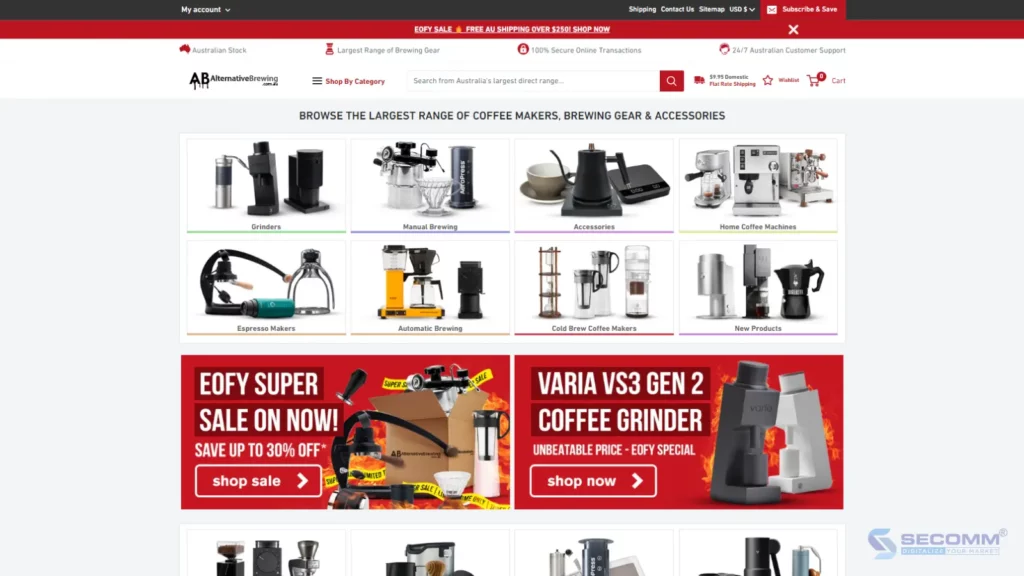




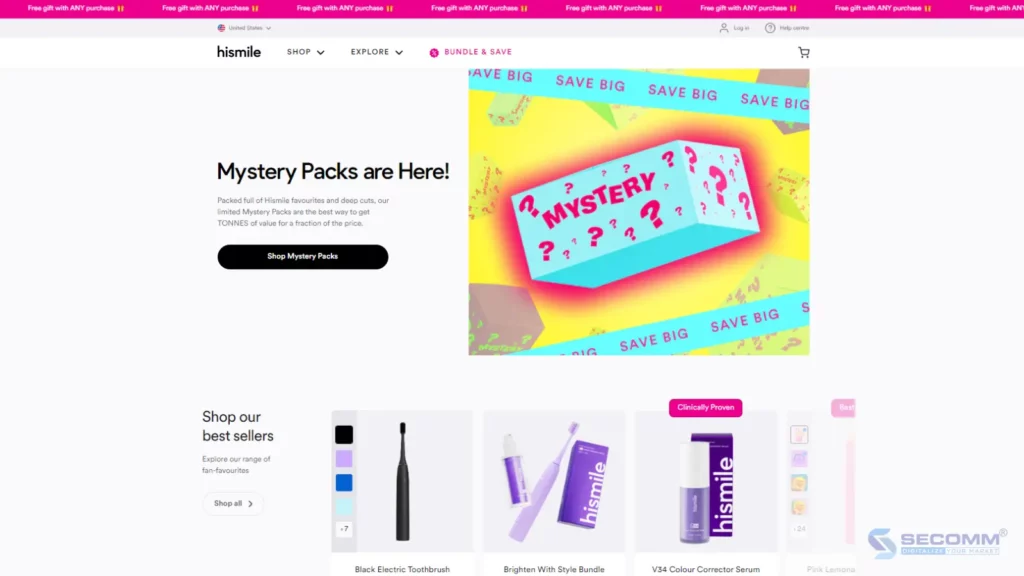


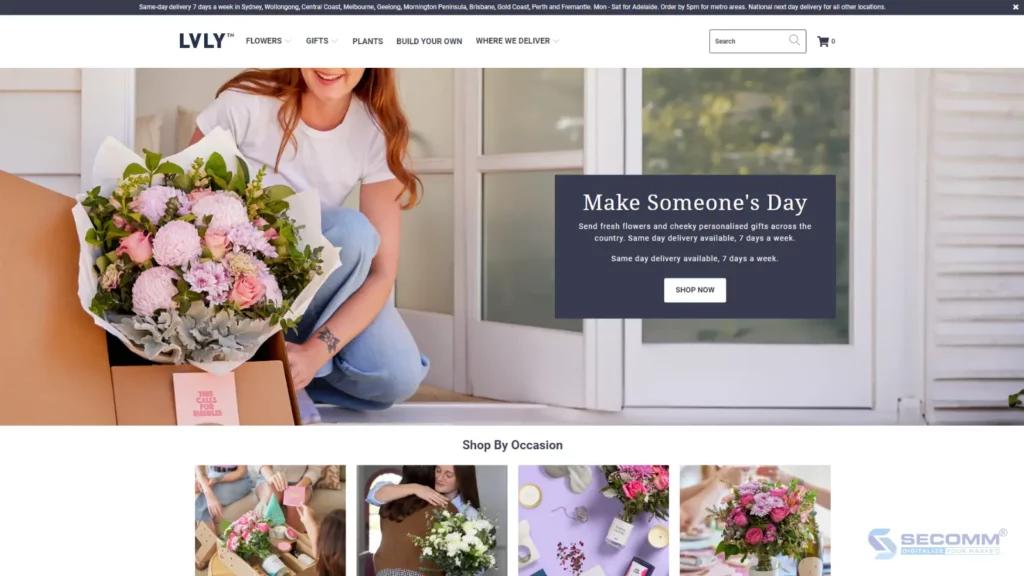


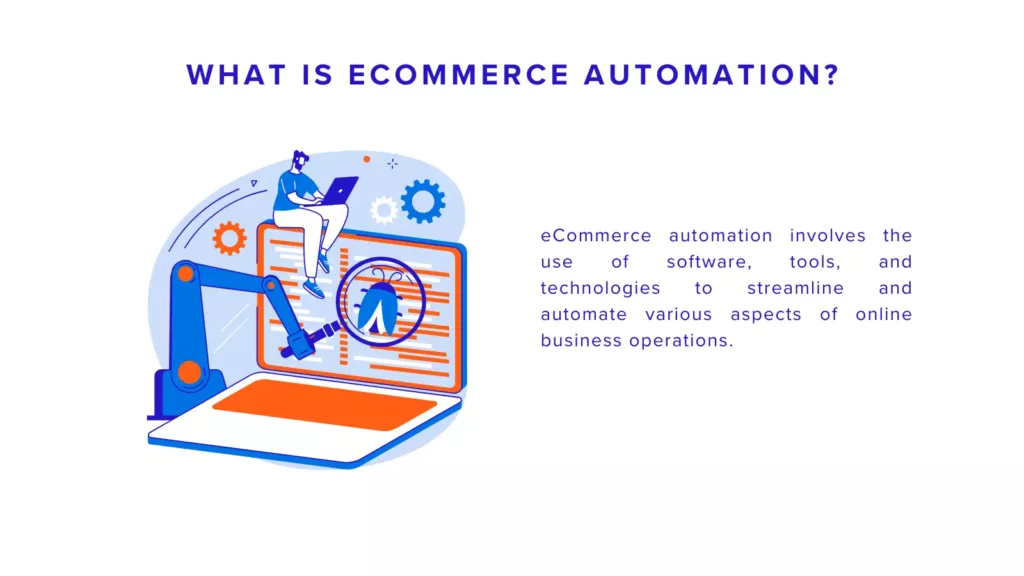
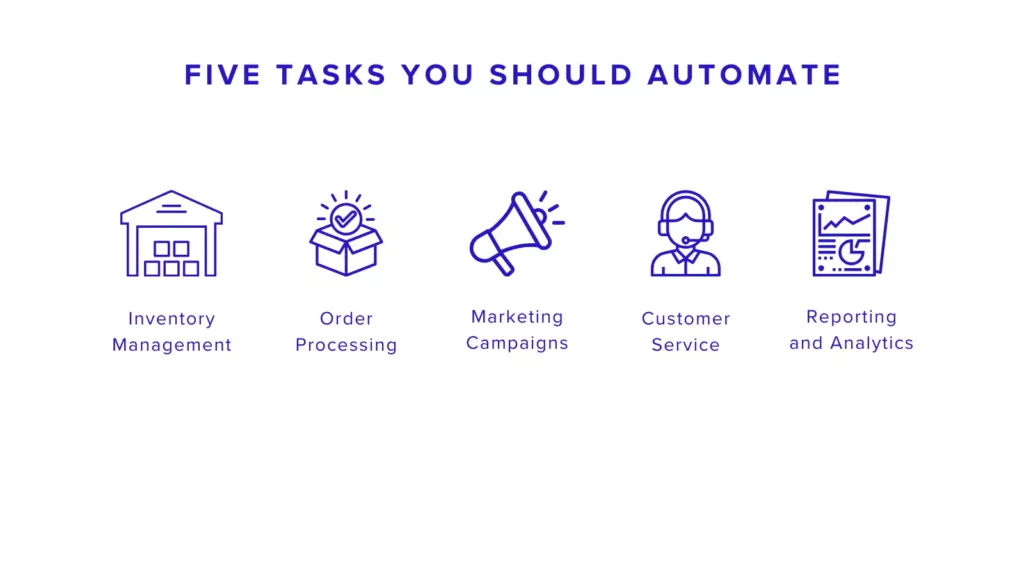
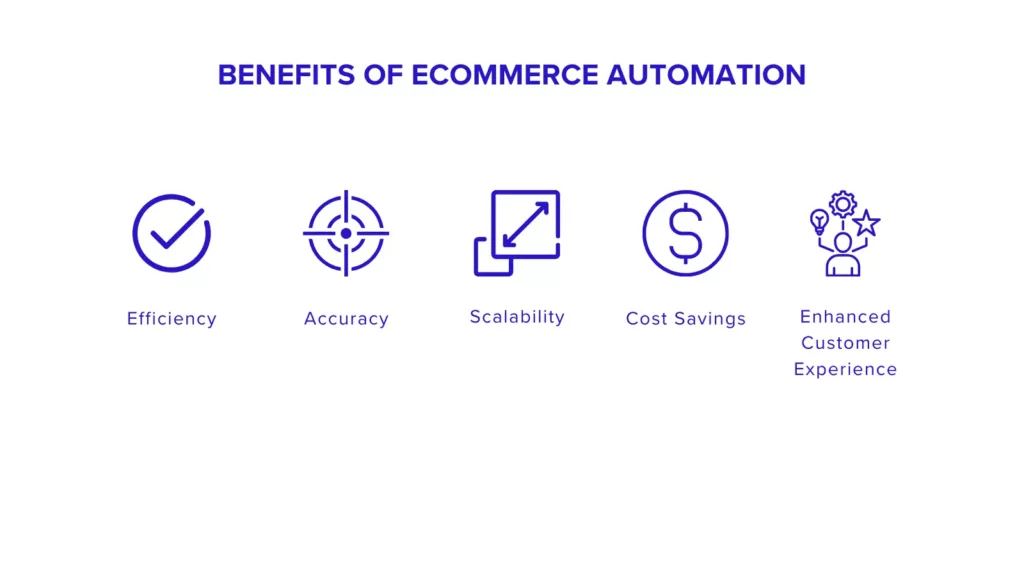
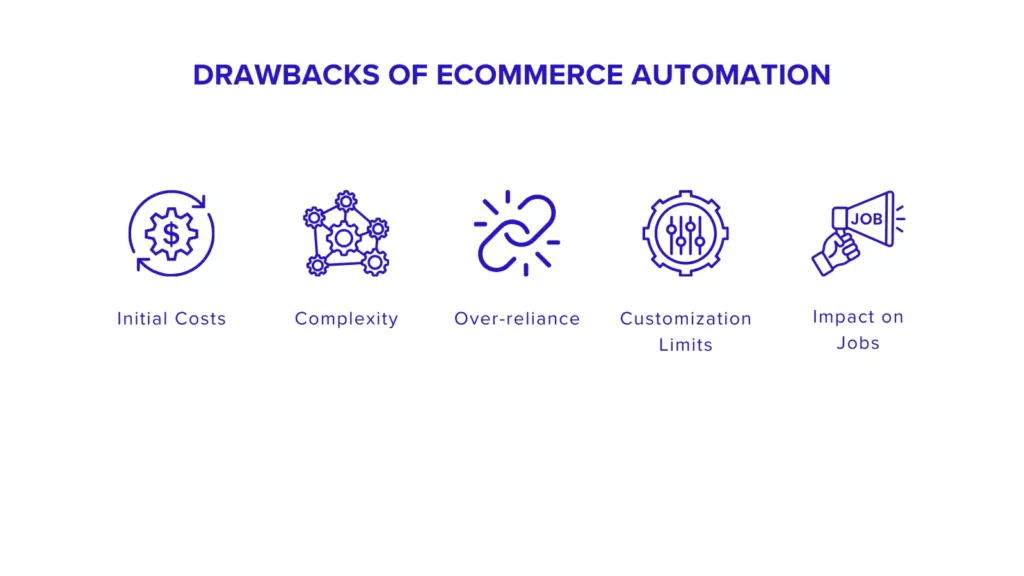
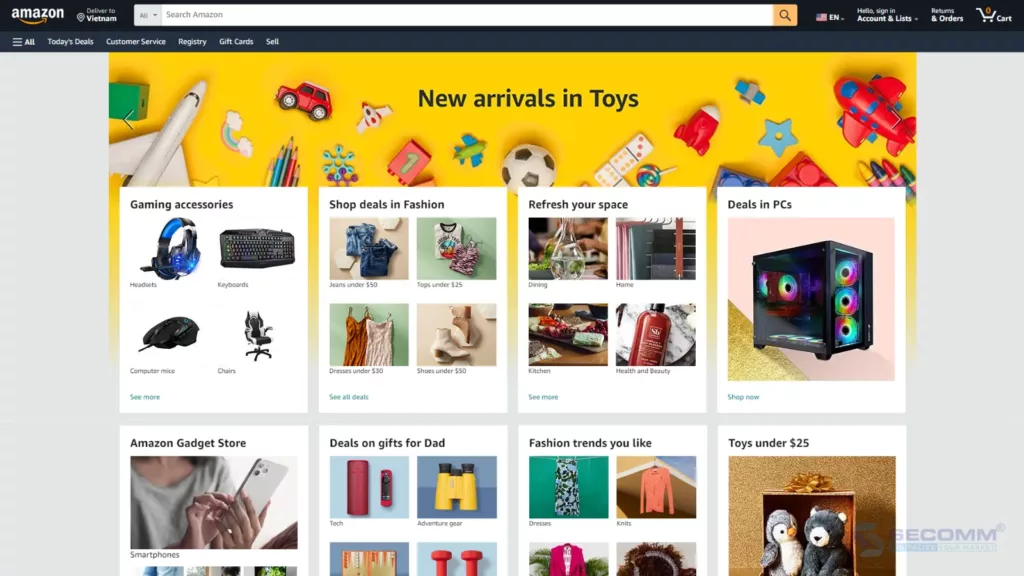
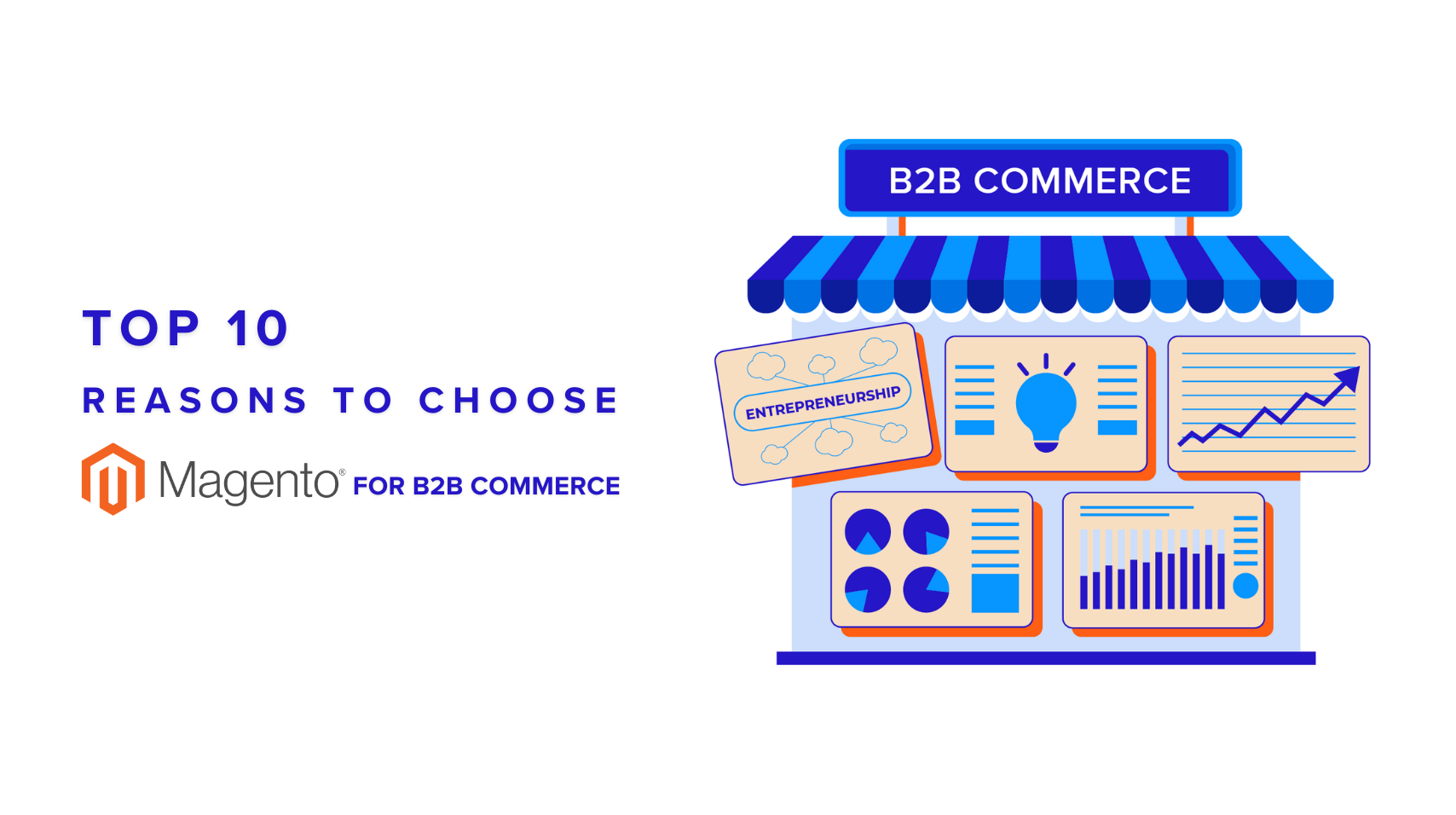
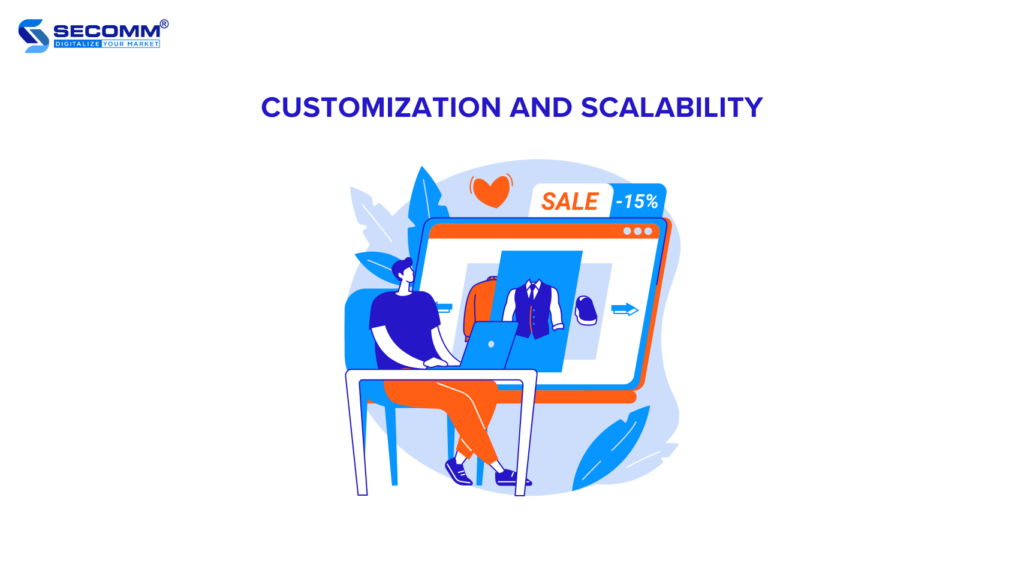
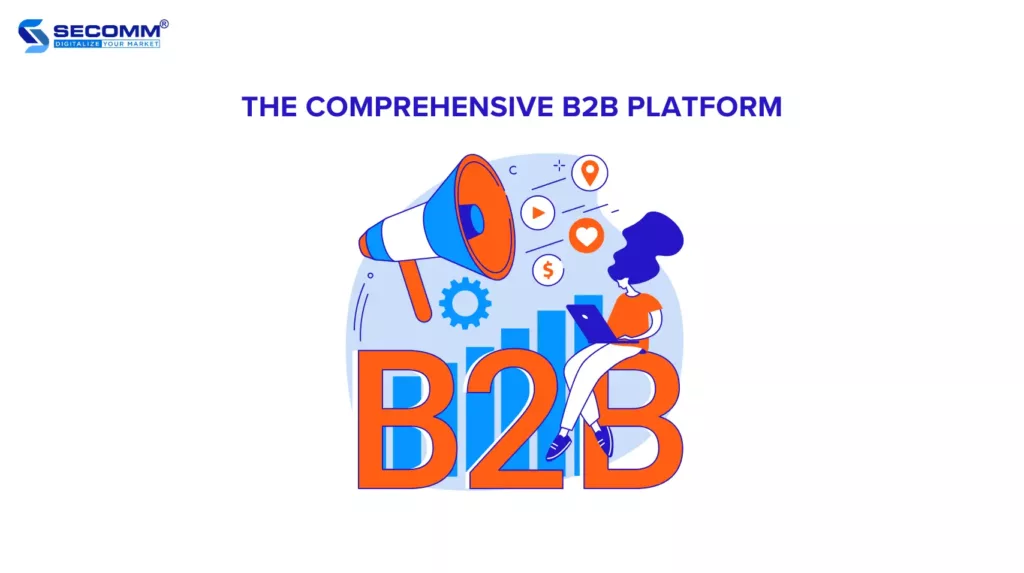
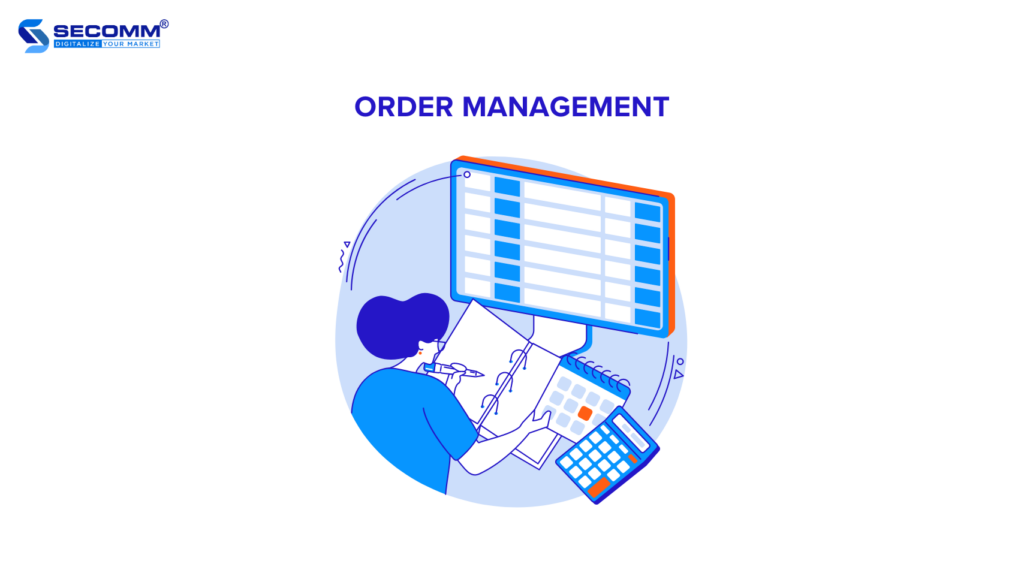
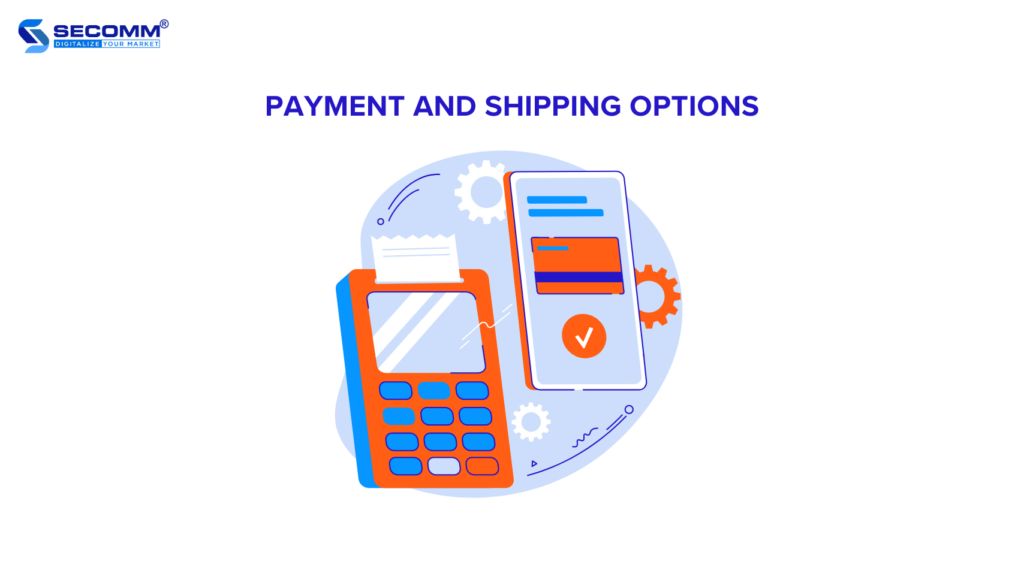
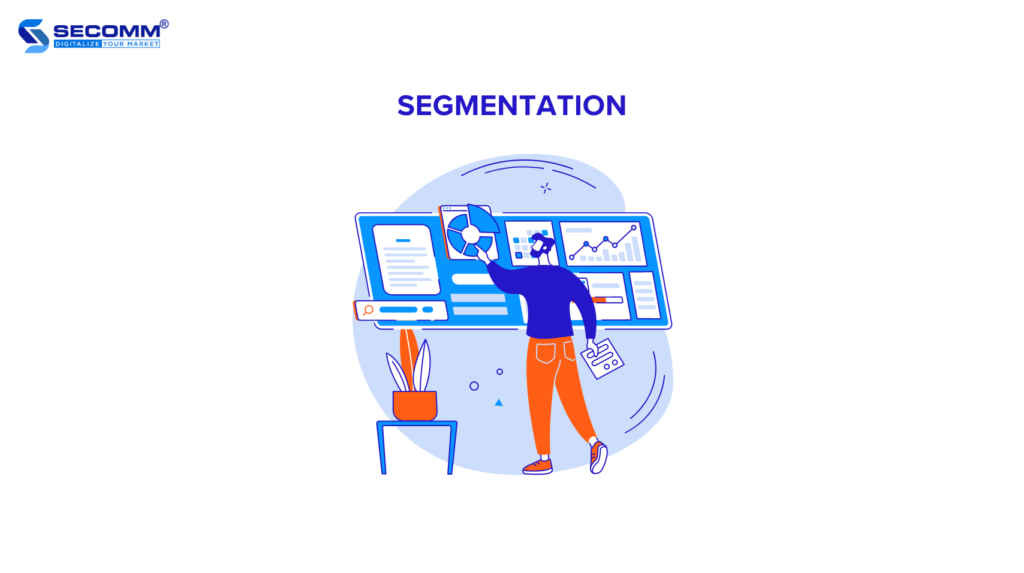
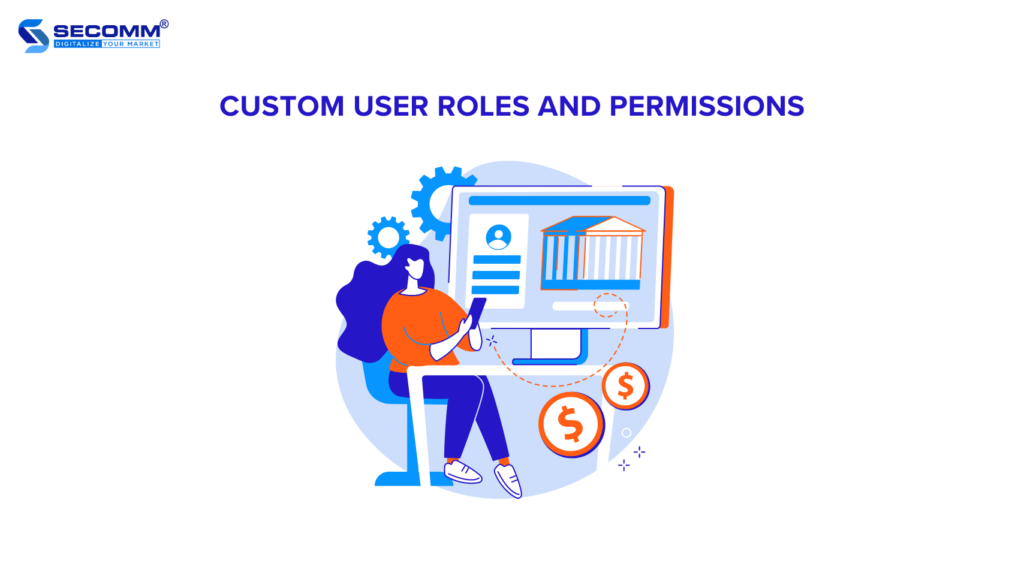
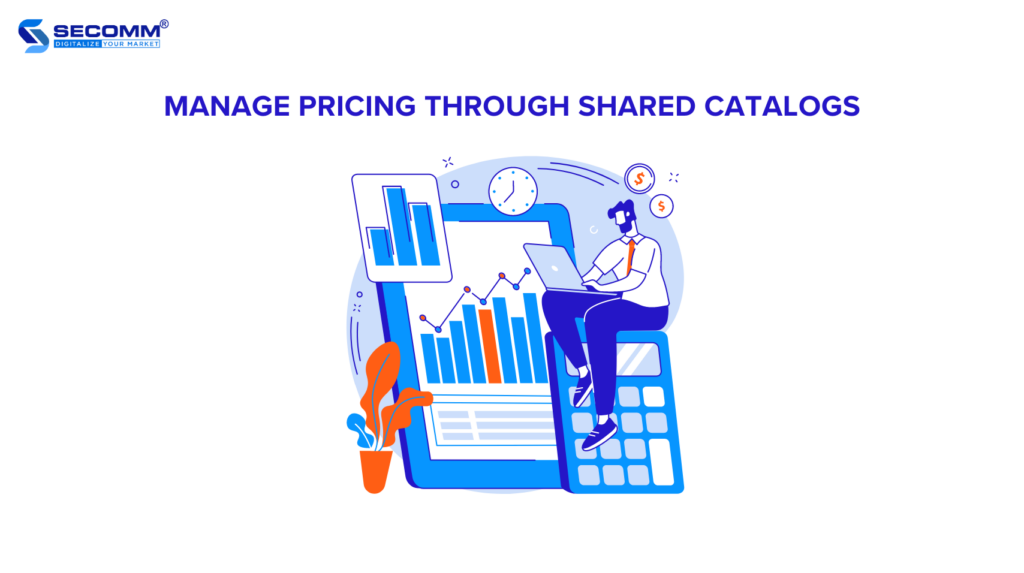
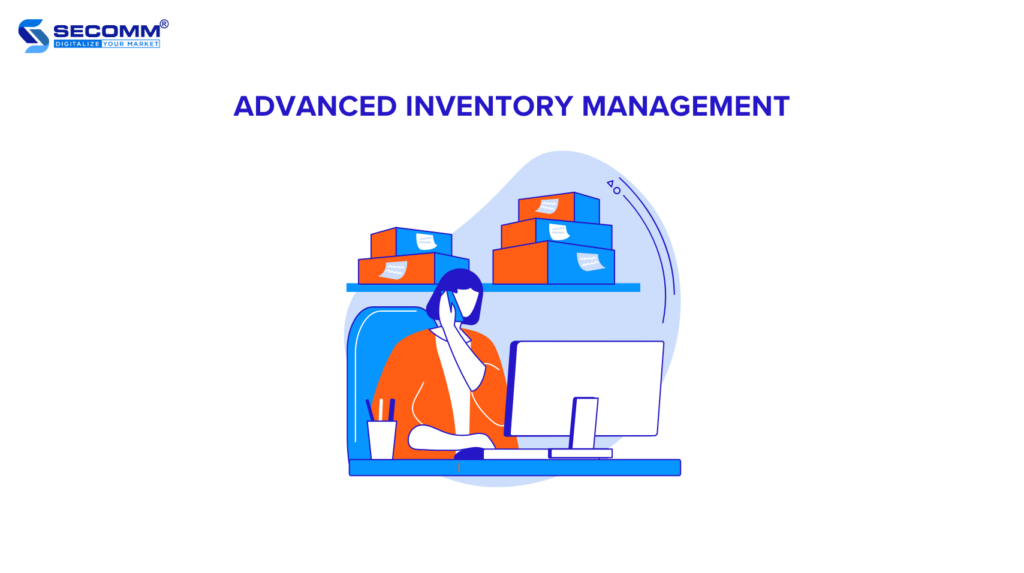
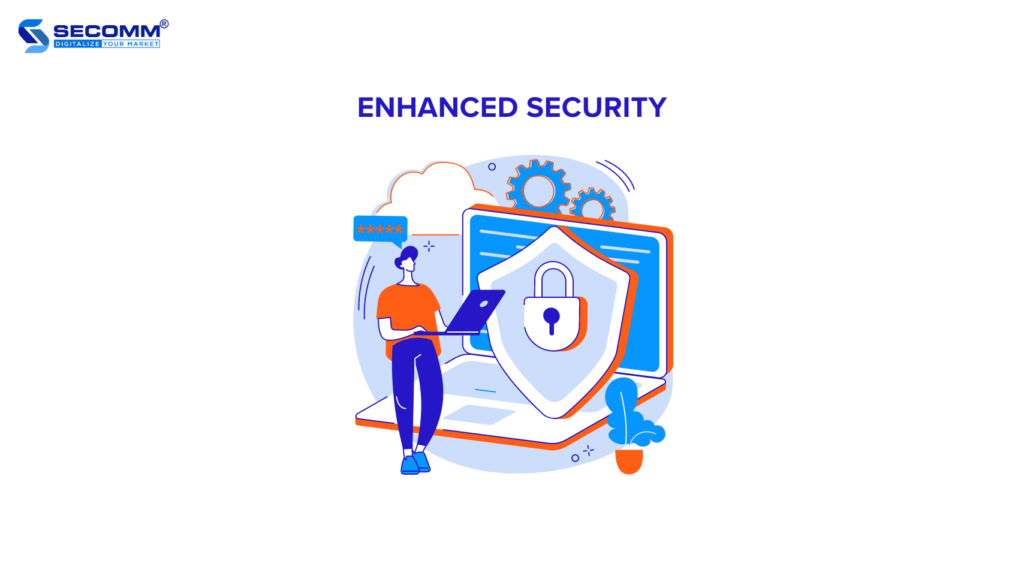
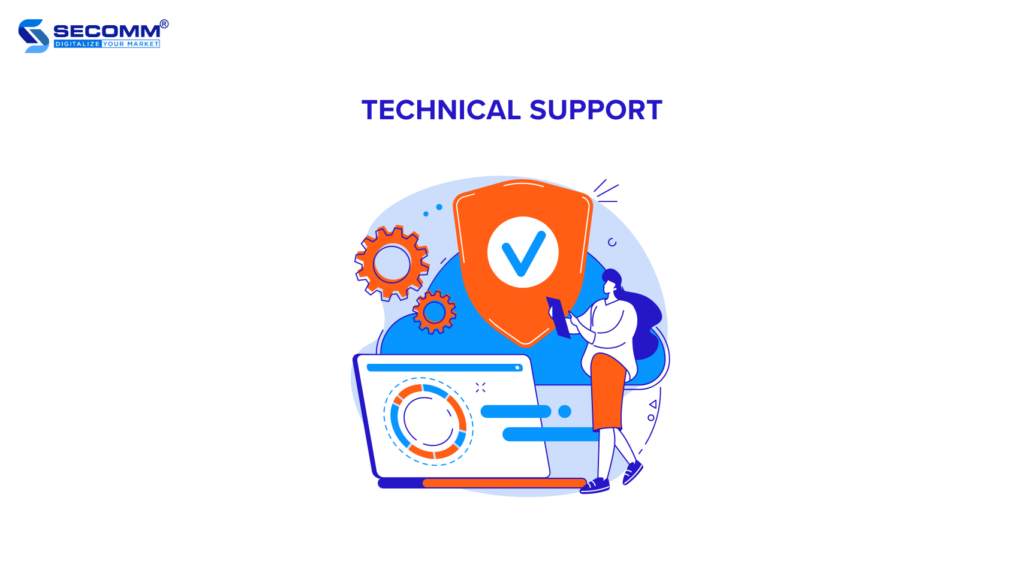

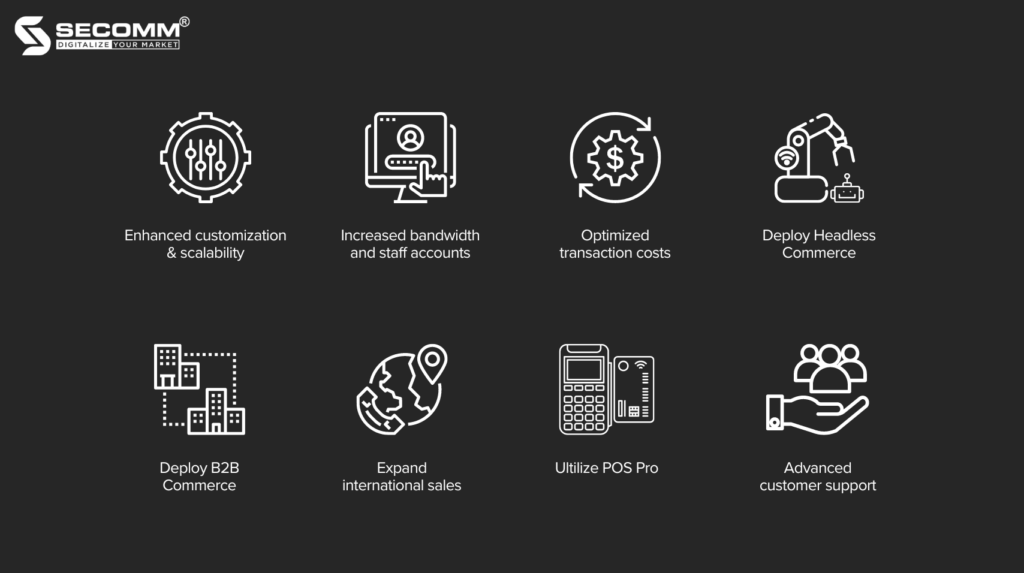
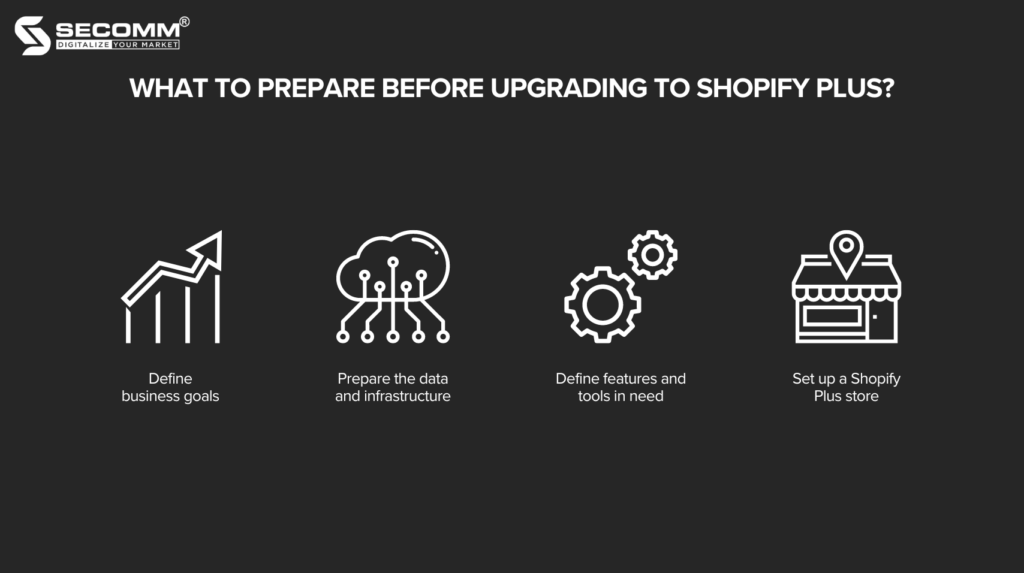
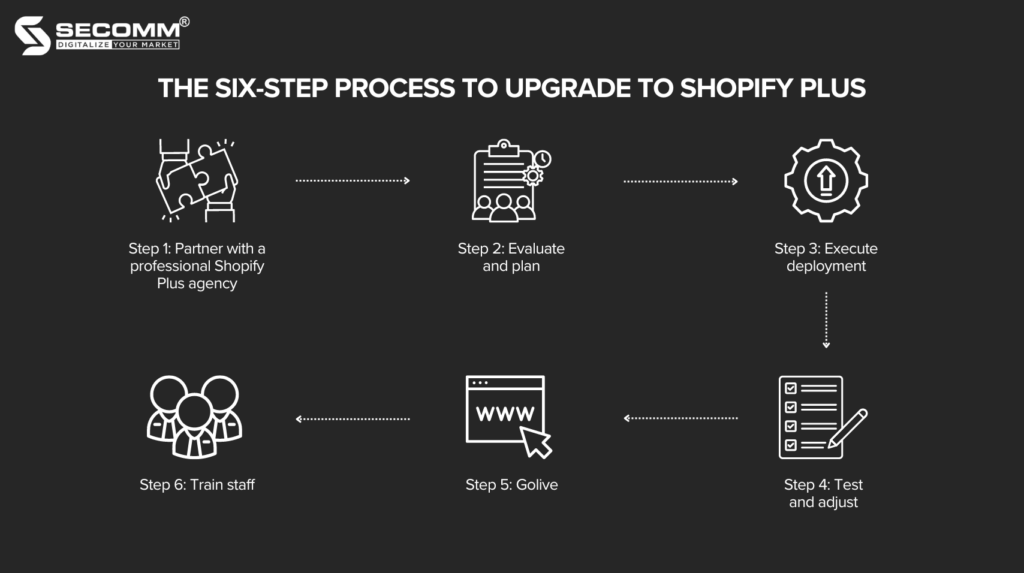
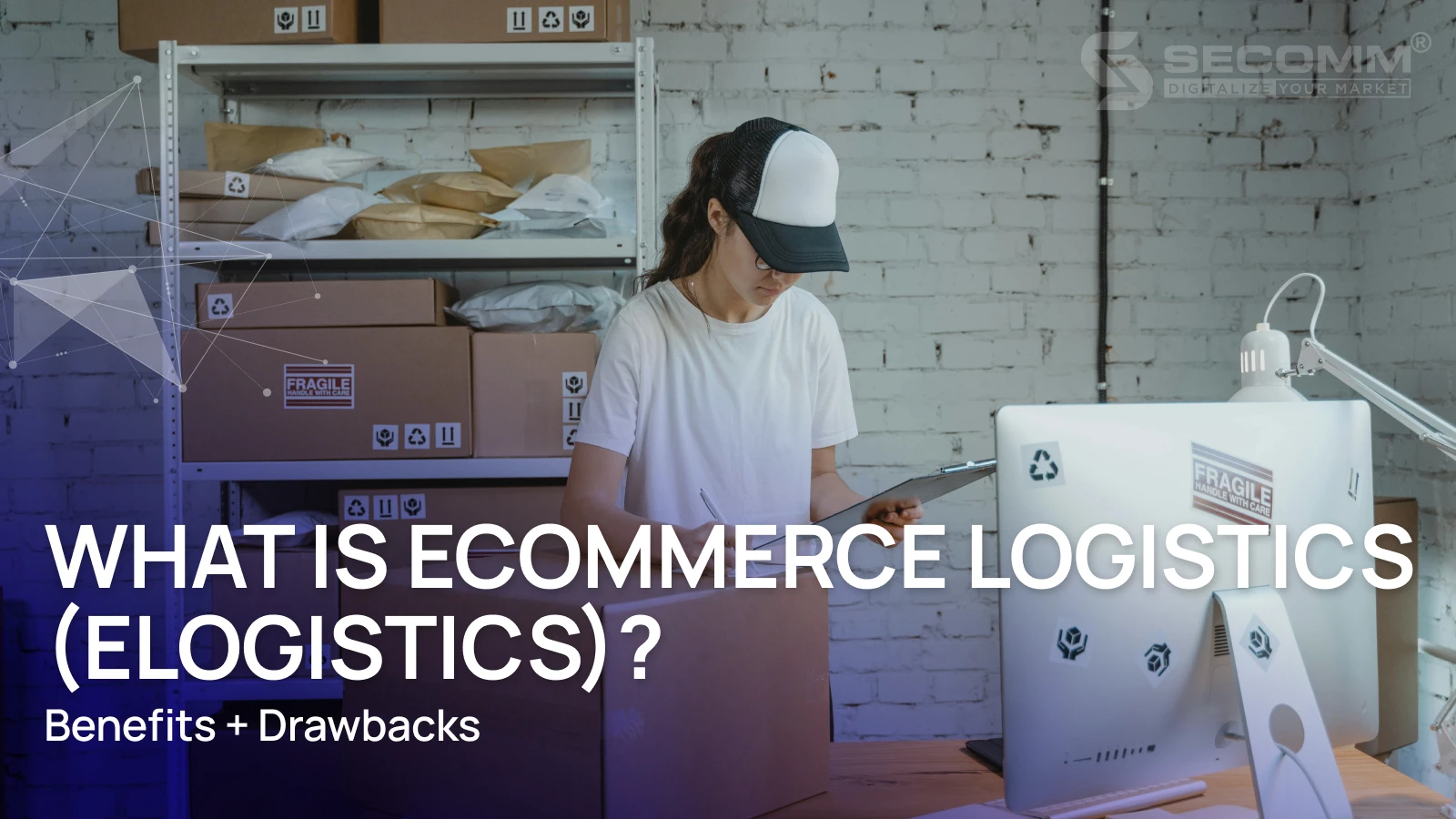
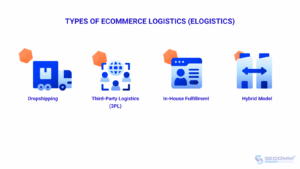
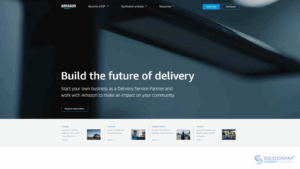
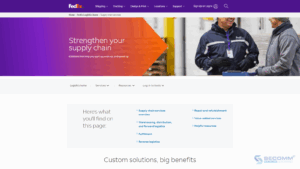
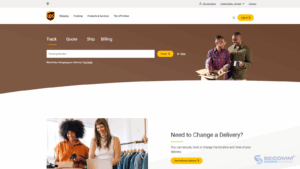

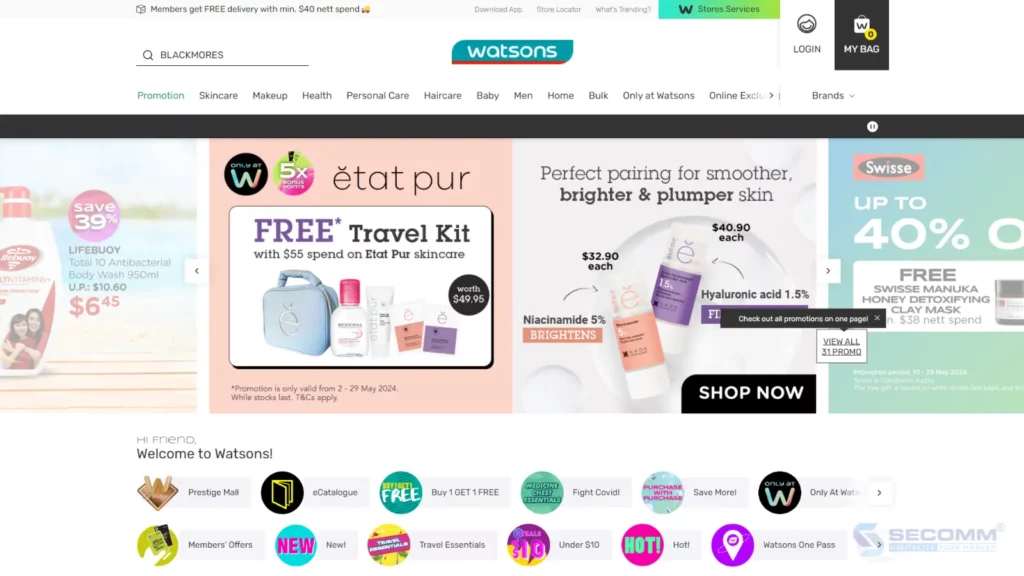
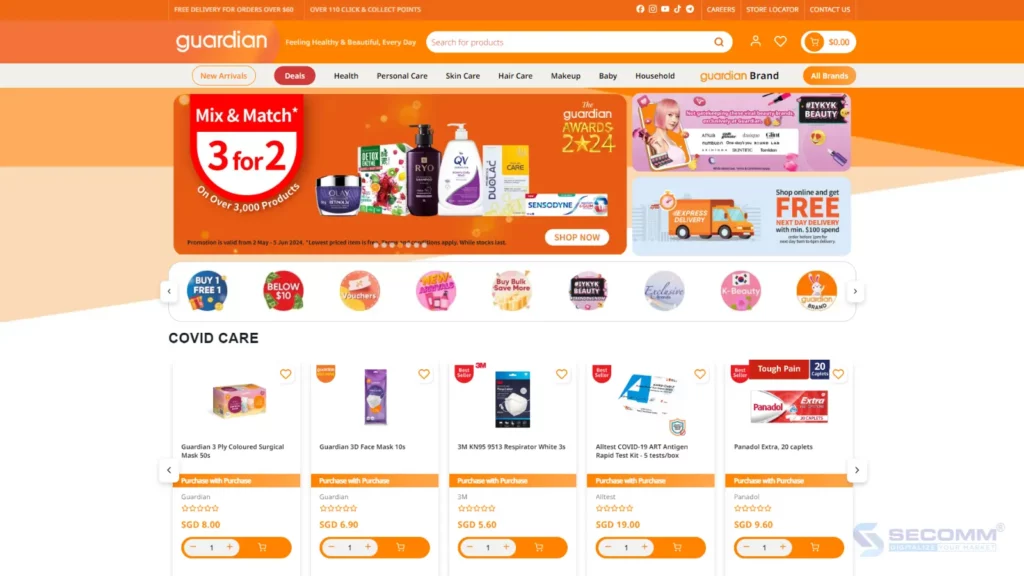

















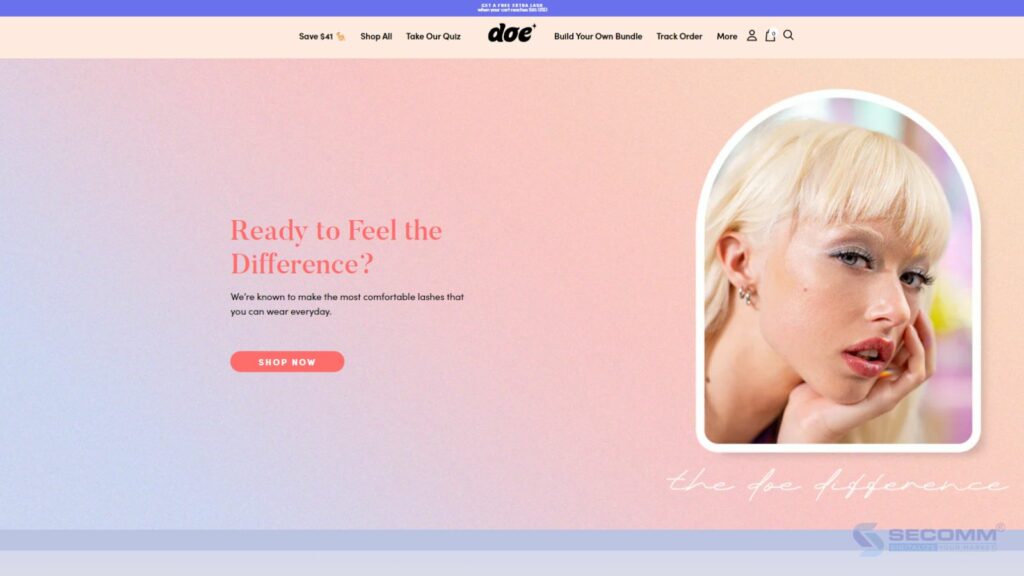


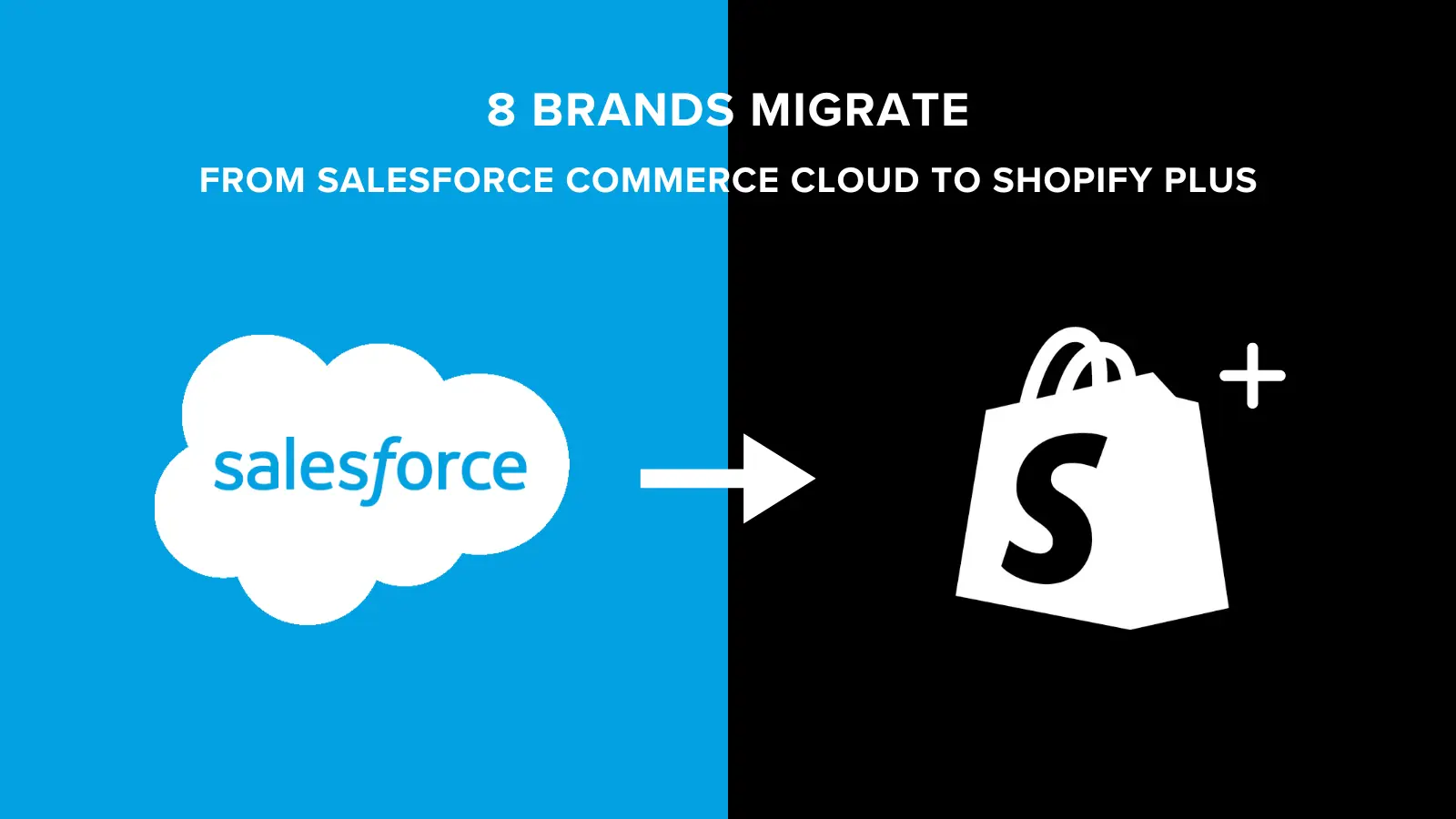








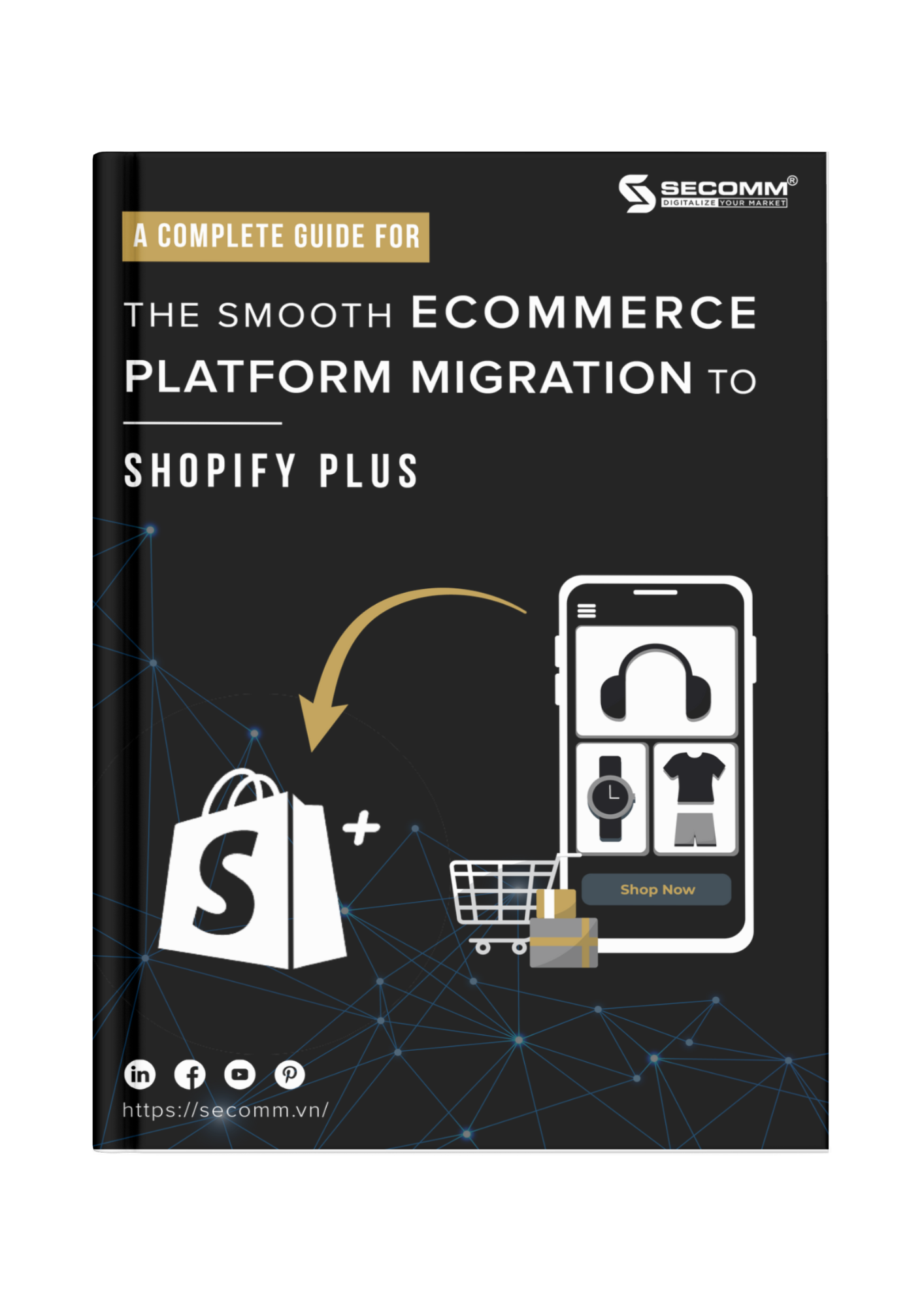



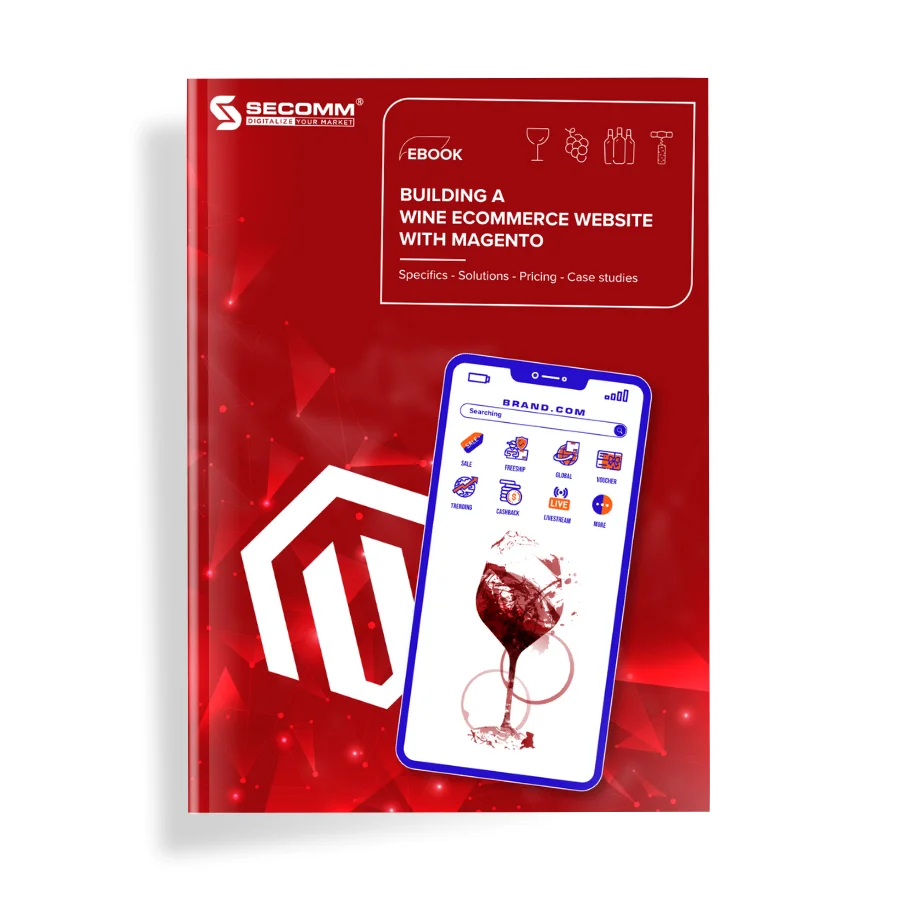
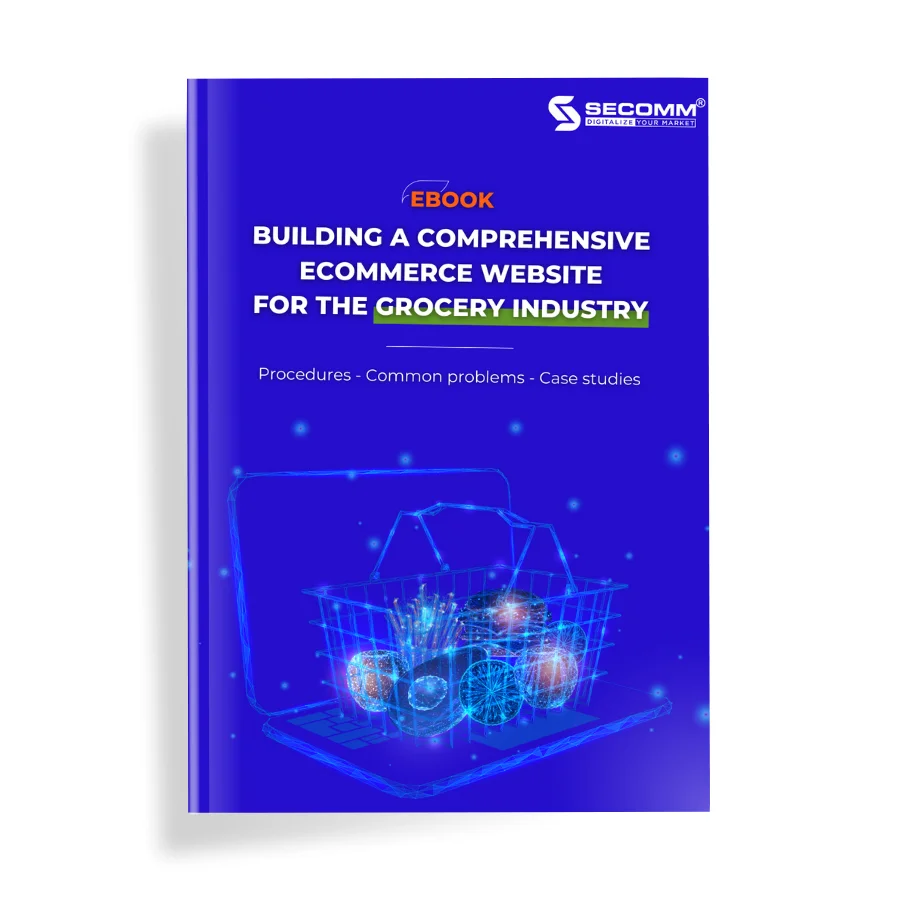
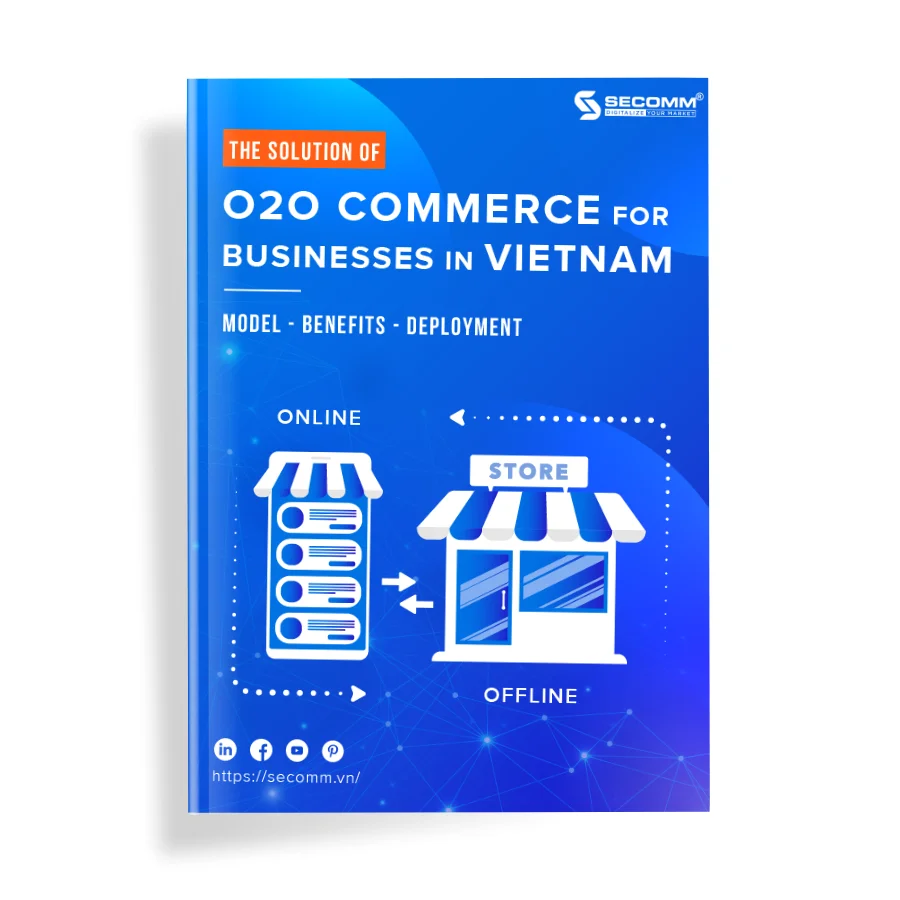
Comment (0)